I've often described a forest as a remarkable and glorious art gallery. This area would be the equivalent of the Louvre or the Guggenheim or Uffizi Gallery. But unlike brick and mortar galleries, here the art is ever shifting. Each step presents a thousand works of art. No matter your preference, whether you like textures, colors, or shapes, you can find endless pieces of work that constantly change under the changing light and moisture. Things can be shiny, velvety, coarse, rough, silky, and new or old. Maple leaves are larger than dinner plates. Some trees are 95 meters (over 300 feet) and 18 meters (60 feet) in diameter and maybe as much or more than a 1000 years old.
|
Scenes below are from a walk through Witty's Lagoon twenty minutes outside of Victoria, British Columbia. The magnificence here, and all around Vancouver Island, can't be overstated. It's a visual feast that constantly sets all of the senses on high, if not overload. The smells are tantalizing and can be intoxicating. Birds sing and chat and fly in and out of the thick vegetation. Water is abundant whether it's the ocean, a lake, a stream, a bay or a lagoon. I've often described a forest as a remarkable and glorious art gallery. This area would be the equivalent of the Louvre or the Guggenheim or Uffizi Gallery. But unlike brick and mortar galleries, here the art is ever shifting. Each step presents a thousand works of art. No matter your preference, whether you like textures, colors, or shapes, you can find endless pieces of work that constantly change under the changing light and moisture. Things can be shiny, velvety, coarse, rough, silky, and new or old. Maple leaves are larger than dinner plates. Some trees are 95 meters (over 300 feet) and 18 meters (60 feet) in diameter and maybe as much or more than a 1000 years old. ENLARGE EACH ONE BY CLICKING ON THE IMAGE
0 Comments
The Trumpeter Swans are all white with black beaks and the Mute swan has the orange beak. Swans mate for life and if the female dies after the babies are born, the male will continue, and quite aptly, caring for his young. Centuries ago, swans represented nobility and only the very wealthy could afford to own swans. Around the year 1189, the Mute swan became known as the Royal bird in England. By 1483, several Acts of Parliament started restricting the ownership of swans along the Thames to protect their exclusivity status. It meant only people with a certain level of income could own swans. One act designated swan ownership to people with freehold estate of at least five marks a year. In other words, commoners were prohibited from owning the regal bird. To track ownership of the birds, people had to purchase a "swan mark" at a pricey six shillings. The mark, like branding a cow, was made by carving specific, identifying marks into the beak of their swan. The marks were recorded in writing. Anyone caught making counterfeit marks or defacing a beak could be sentenced up to a year in prison and/or charged a hefty fine.
In Britain, an Act of Parliament was passed in 1843 stating that only the British Crown could possess any or all swans on open waters. Swans are given as gifts all around the world in the name of The Monarch. The King or Queen could also grant someone else the right to own them. Under the 1981 Wildlife and Countryside Act, Mute swans are protected, which makes it illegal to keep the birds and kill them. In the United States, the beautiful Mute swans have been labeled by Federal and state wildlife officials as invasive, aggressive and non-native swans and as a result thousands have been killed. Here's one article explaining one side of the controversy. For more information reach out to Sheila Bolin is CEO of The Regal Swan Foundation, Inc. and learn more at www.theregalswan.com This was my first time to see one of these slugs. There were three on a moss covered tree that I was photographing this morning.
"Some pretty cool inventions were inspired by slug slime. By studying the versatile properties of this goo, scientists have created new surgical glues for medical procedures. Another group of engineers have built slug-inspired greenhouses that use slime insulation to store and release water, much like the banana slug’s mucus-coated body. This is a species of slug - one of the slowest species on the planet, with an average speed of 6.5 inches per minute -- is found on the Pacific coast of North America. It is the second-largest species of terrestrial slug in the world, growing up to 25 centimeters long (9 inches). They play a big role in our ecosystems each autumn by helping to break down fallen leaves, making way for new growth in the understory in spring. They are the forest floor clean-up crew. By chewing on dead organic matter, including fallen leaves, moss, and animal droppings, these native detritivores recycle nutrients." ~ SOURCE This is located in the Bilston Creek Watershed. The lagoon is formed where the fresh water meets the salt water. I've only explored the path through an old growth forest to the ocean. This is all but down the road from where I'm staying in the Metchosin area outside of Victoria, BC. It wasn't crowded and the Autumn weather continues with a little rain here and there.
Every day I am "OMGing" because the visual world around me is stunningly beautiful in that way you hope every vacation you go on will be. What makes this extraordinary is that I'm not on vacation. This is home. Home, for now anyway. I have to keep reminding myself of that. Today's outing to the beach, where endless hiking trails wind and weave around, is 15 minutes away from where I live. I can see the sights in these photos every single day, if I choose to. Therein lies the Oh My Gawd! I'm constantly feeling and silently saying to myself. Sometimes I even say it out loud. Oyster Catchers 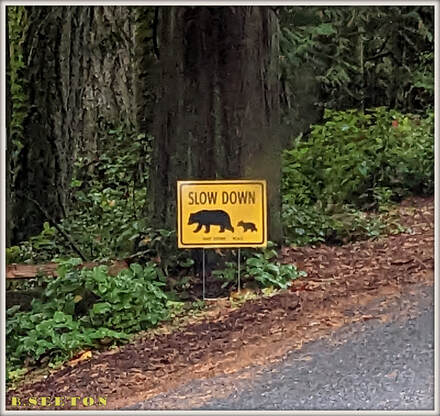 There couldn't have been a better sign for me at the entrance to the park. When I spoke to a lady coming back from one of the trails with her dog she cautioned me to be watchful for cougars and bears. I loved the idea that I might get to see one or both. The more I photograph, the more I see; I mean really see. Now, when I walk along the beach, I see so many more shapes, impastoed barks, textures, lighting, depth, curves, shadows and reflections. I love the way the sun changes the colors of everything and changes depths with its shade. I also enjoy capturing rocks, seaweed, and all the beach stuff along the way. It's a wonderland each time I walk along the shore. The tide brings new wood and gifts to shore and shifts what was there the day before. Ever changing, always beautiful, it's nature's art gallery. And it's nourishing, healing and inspiring. One of my favorite blogs is BEACH WOOD if you love all kinds of textures, shapes, colors and nature's art. NATURE'S STRING NATURE'S THREAD
The District of Metchosin is a municipality and community in Greater Victoria on the southern tip of Vancouver Island in British Columbia, Canada. It's a coastal community adjacent to the Strait of Juan de Fuca. On a clear day, Mt. Baker, in Washington State, can be seen. I have to keep reminding myself that I'm not on vacation; I live here! When you live in a place like this, where most people come when they have time off once or twice a year, it feels a bit surreal realzing this is home right now!
Shot leaving Lillooet early in the morning as the sun was kissing the mountain tops, while thick fog blanketed the Fraser River down below. I even saw my first Canadian Bighorn Sheep - a mom with young one. It was a spectacular four hour drive from Lilloet, BC to Tsawassenn ferry near Vancouver BC. There are two incredible routes to take and this one was through Fraser Canyon. I shot this as I was leaving town.
I went over Jackass Mountain summit, part of the Cascade Mountain range, which is about 77 miles southwest Lillooet. Wiki: "It's named for the muletrains that ventured north to the Cariboo gold fields; apparently some did not make it over the bluff and perished in a fall, hence the name." |
BEST VIEWED ON A
COMPUTER VS A PHONE. Betsy SeetonNavigating life Archives
June 2024
“In a forest of a
hundred thousand trees, no two leaves are alike. And no two journeys along the same path are alike.” ~ Paulo Coelho Categories
All
|
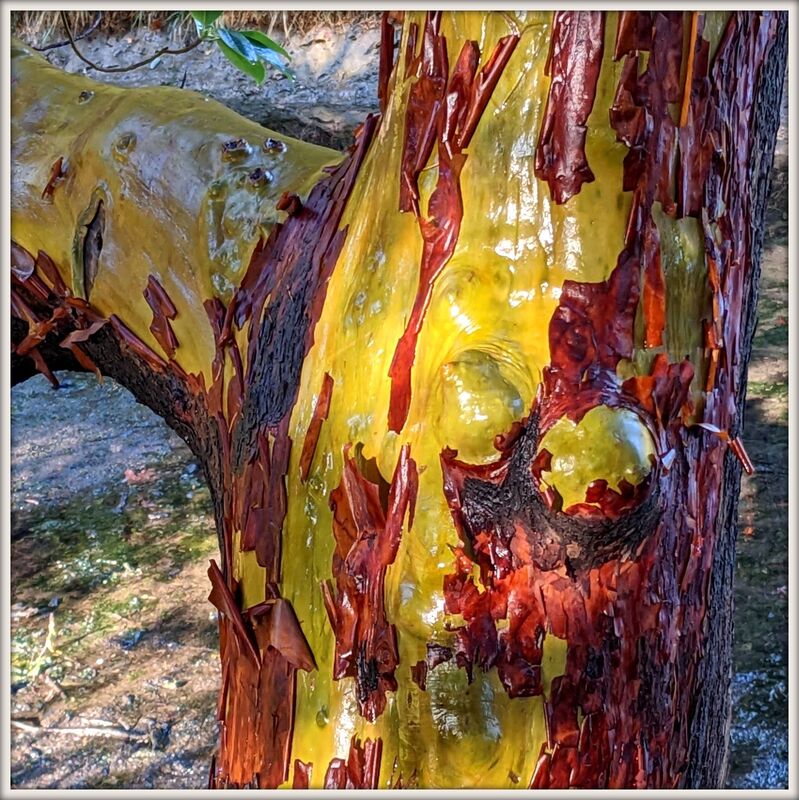
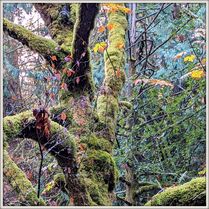
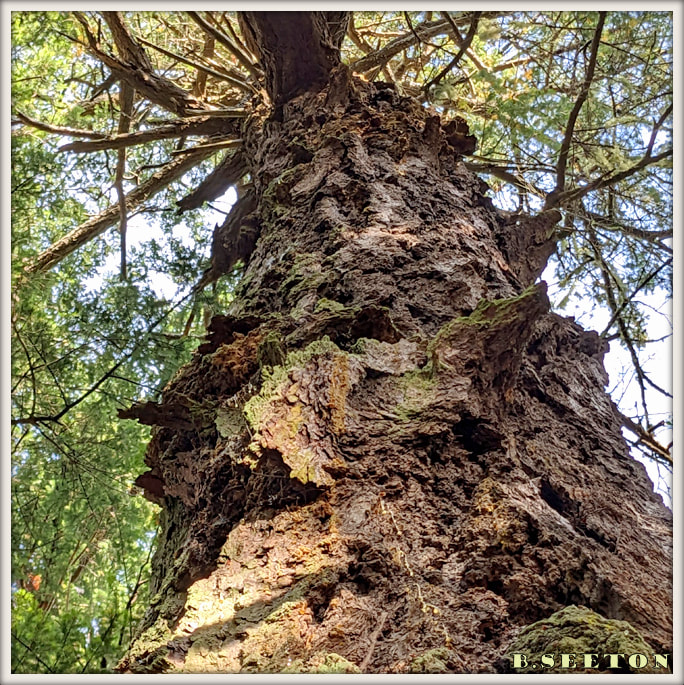
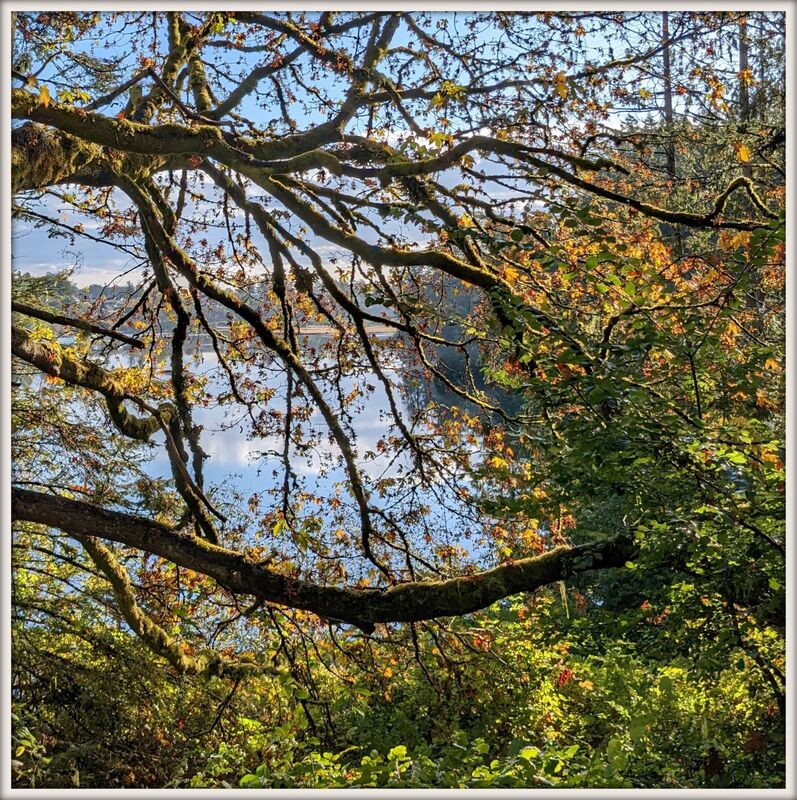

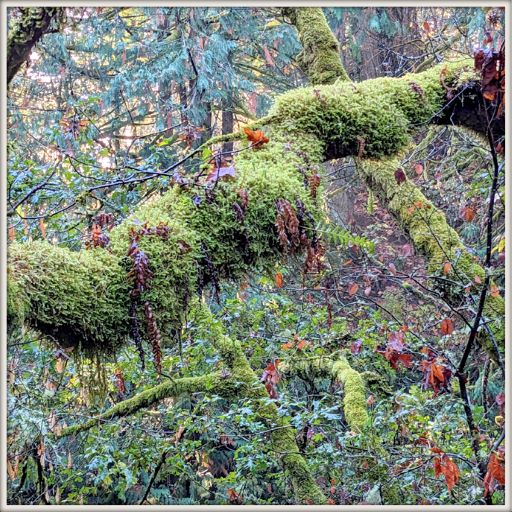
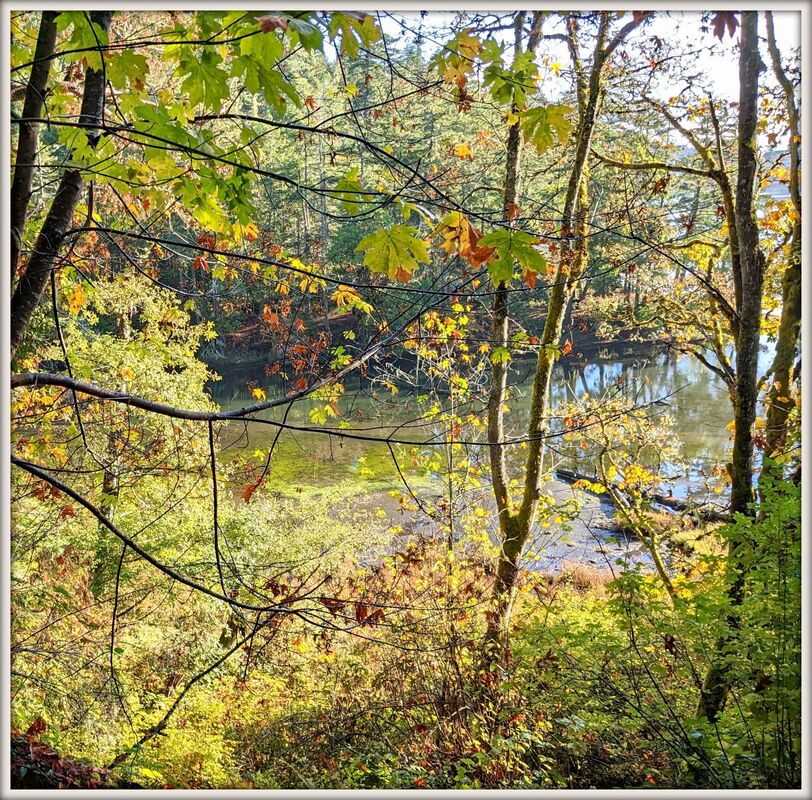
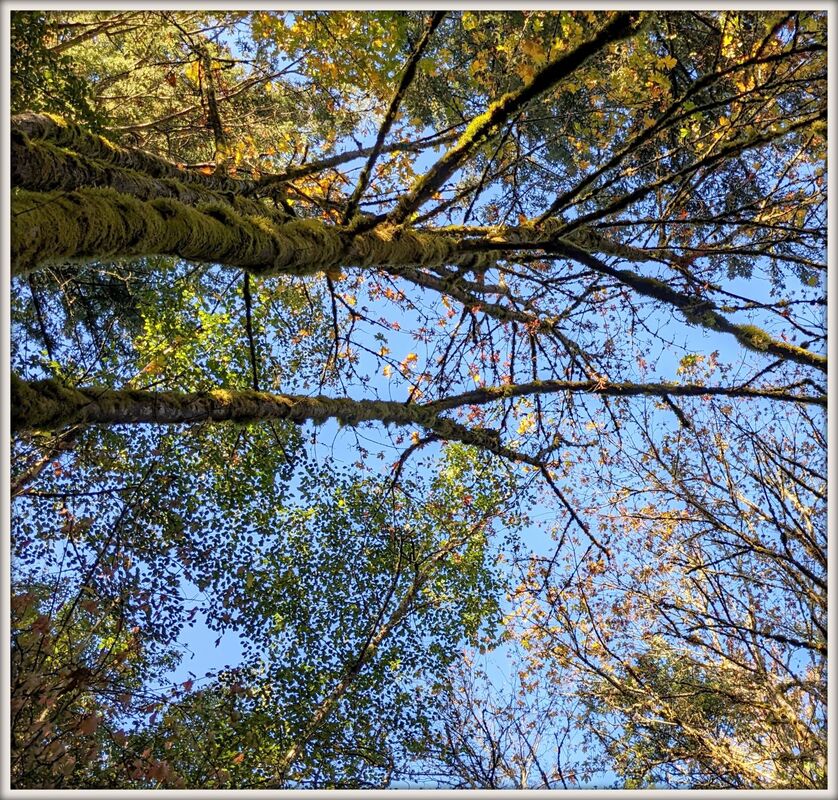
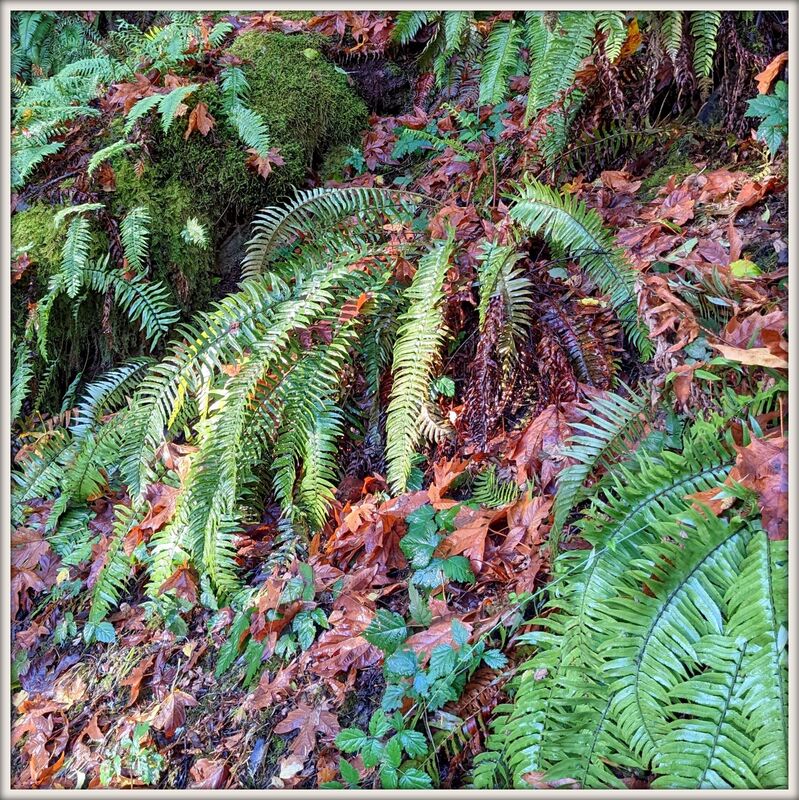
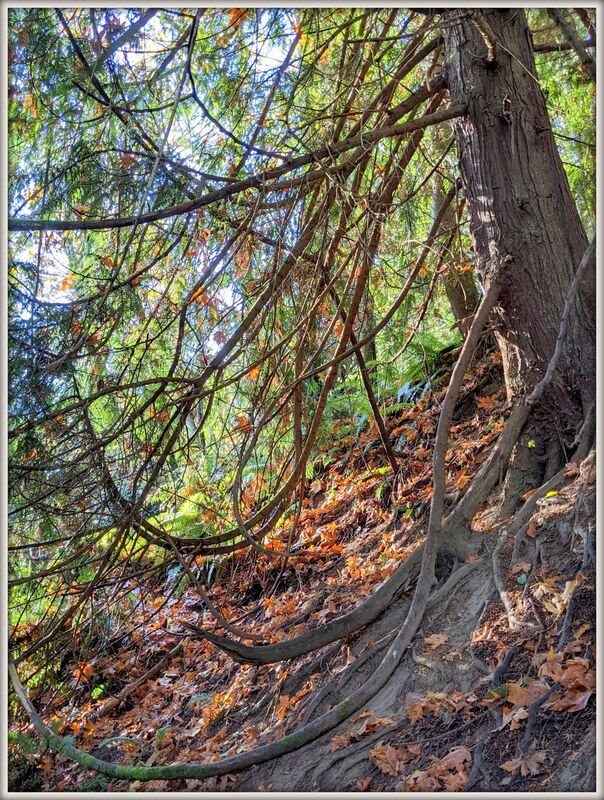
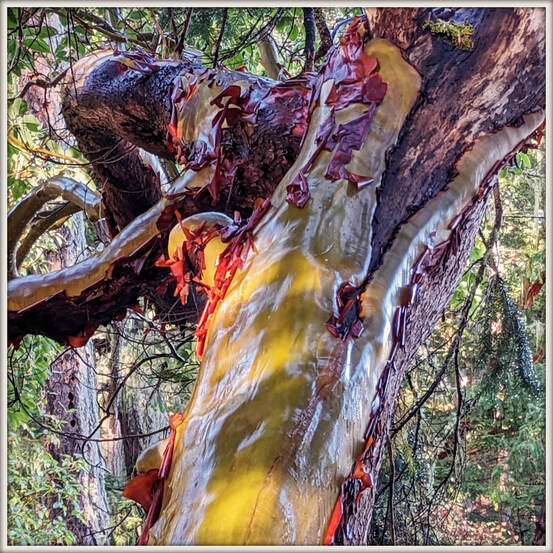
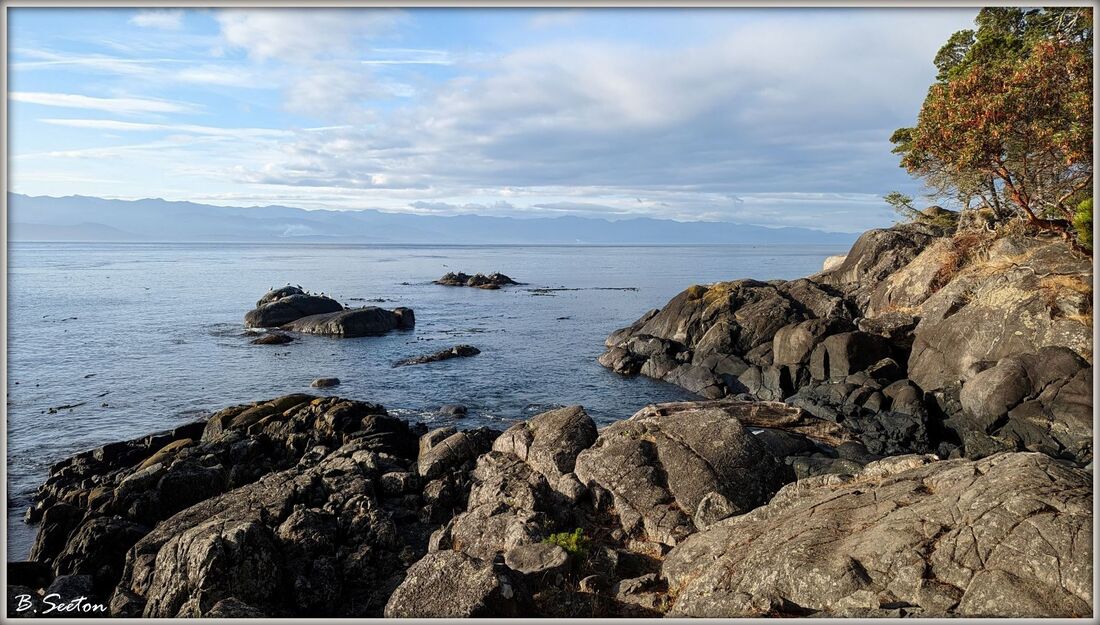
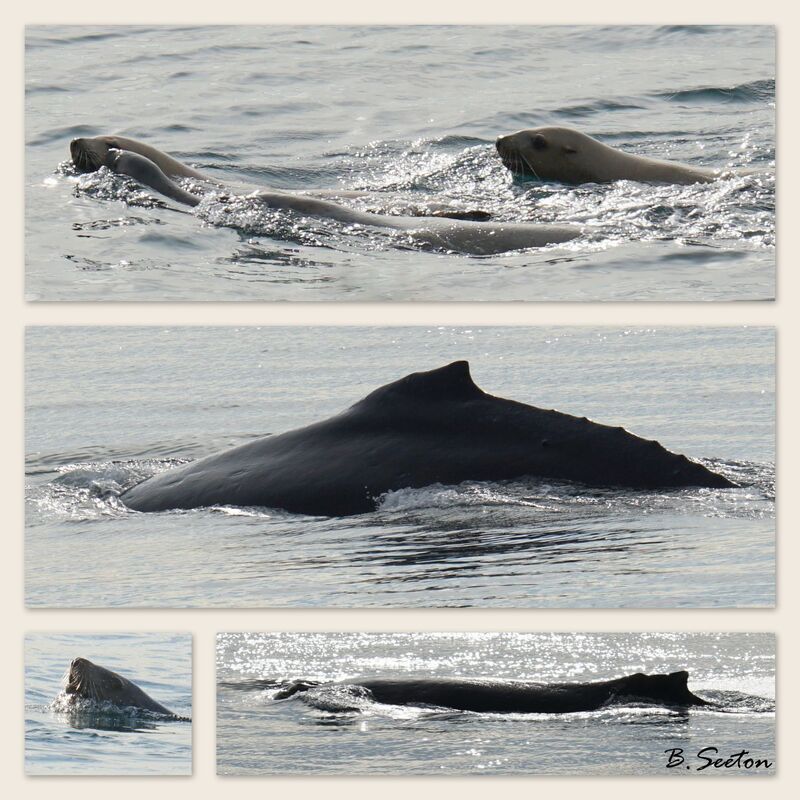
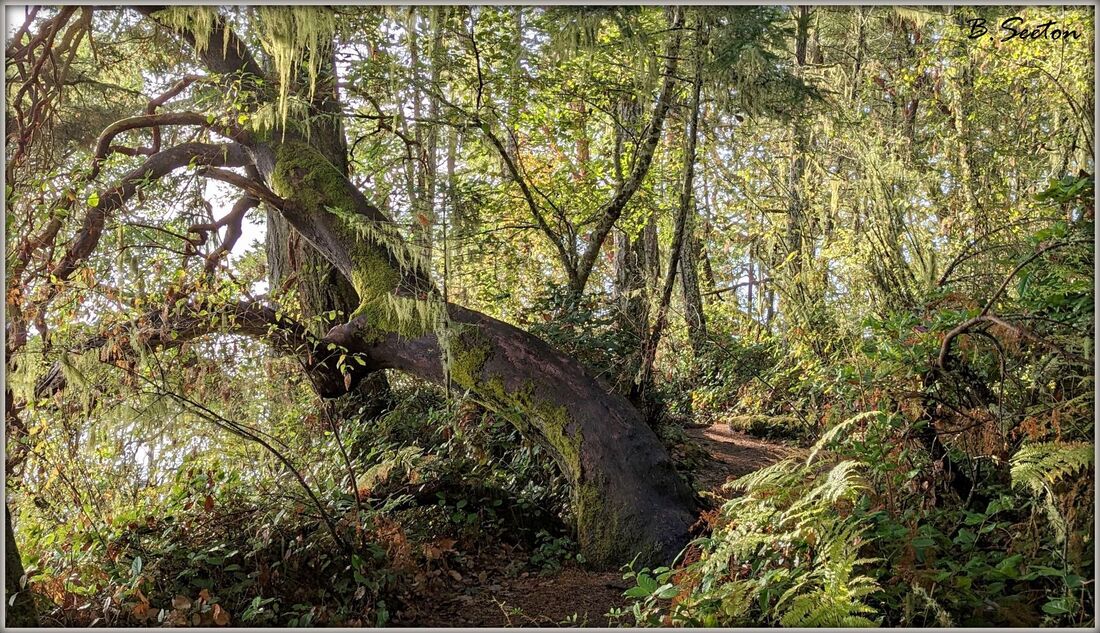
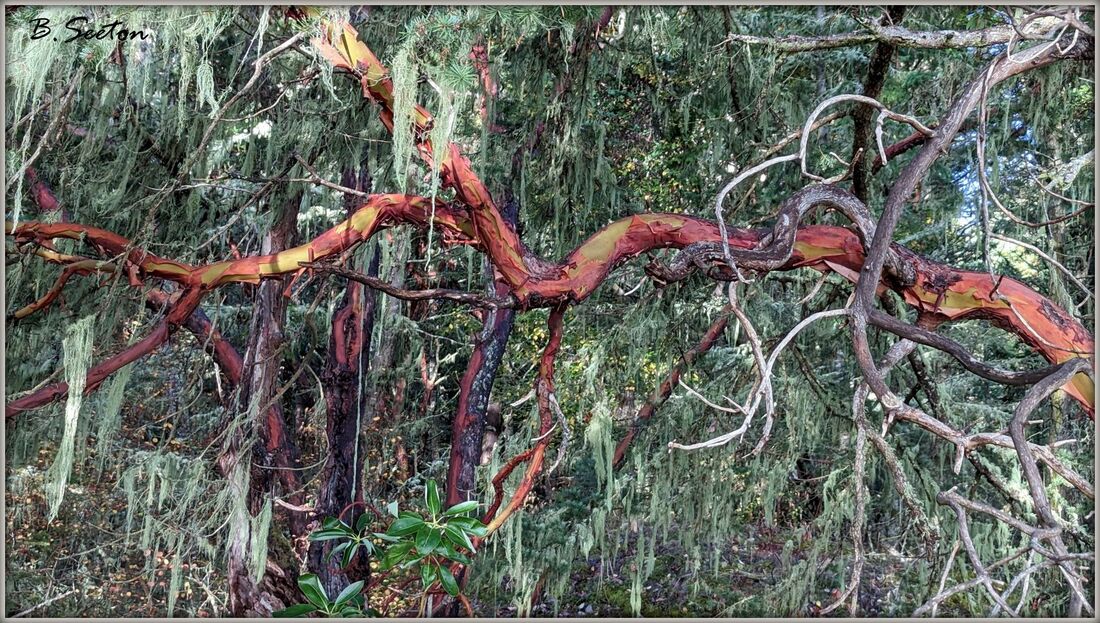
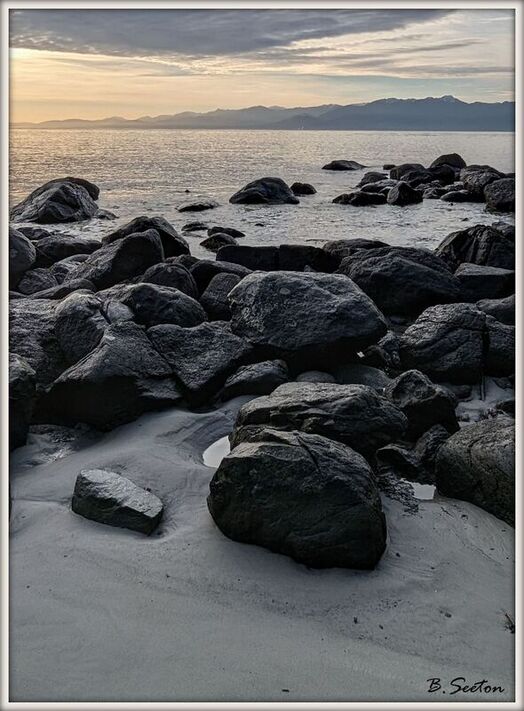
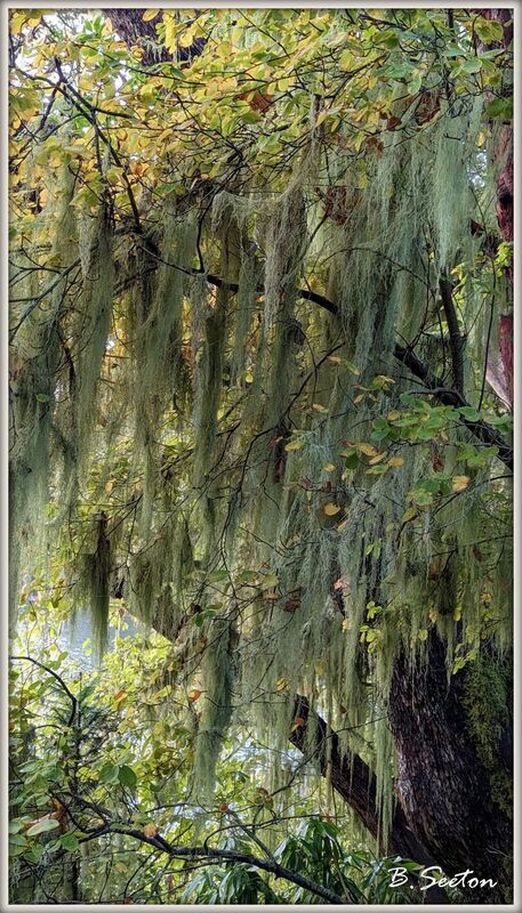
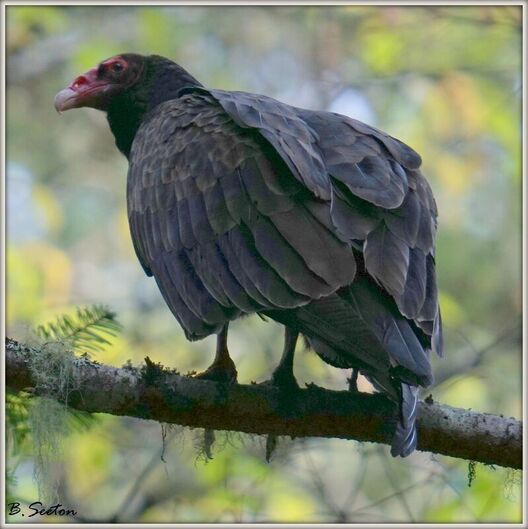
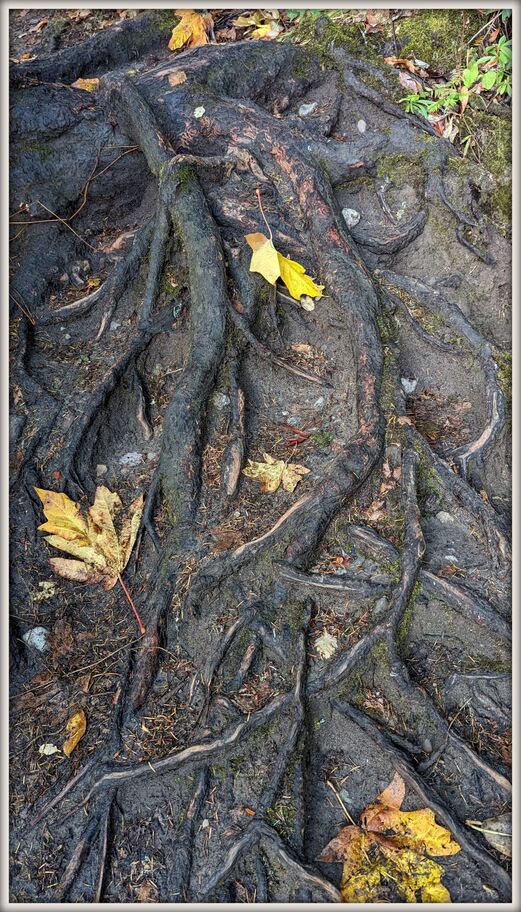
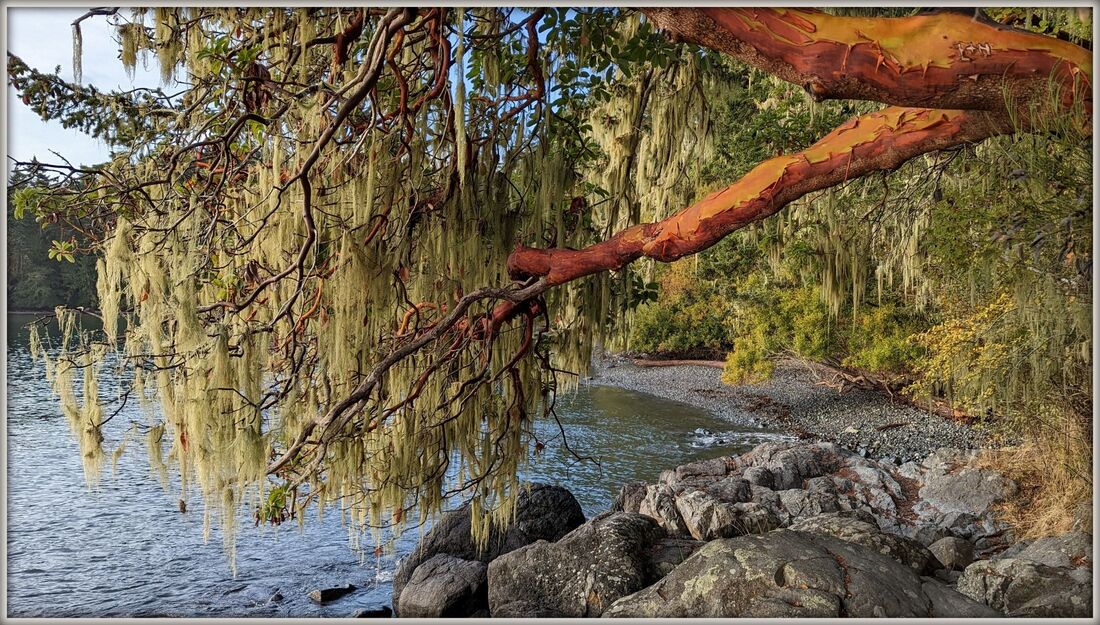
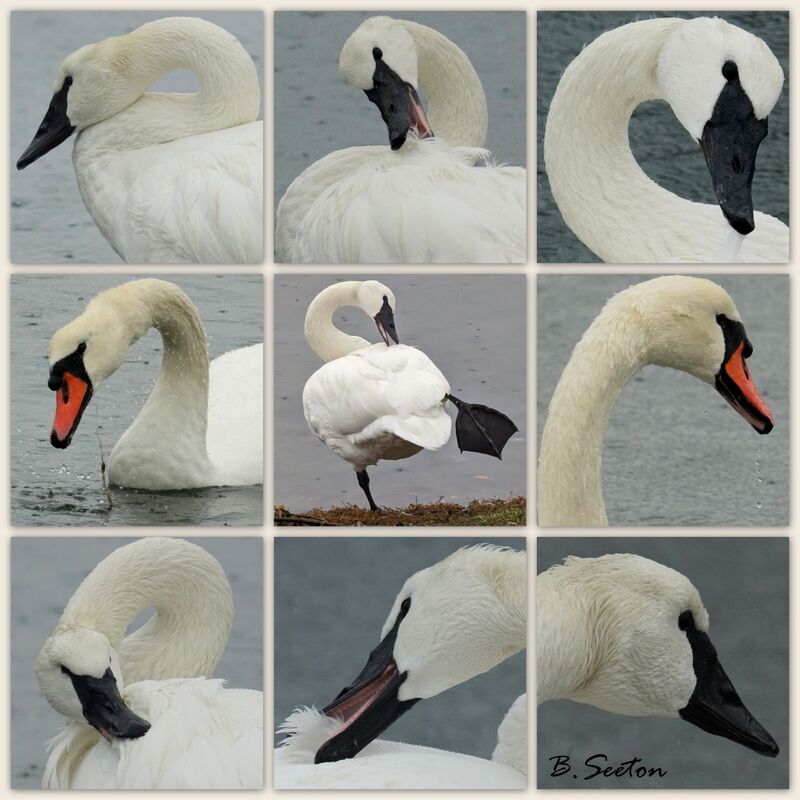
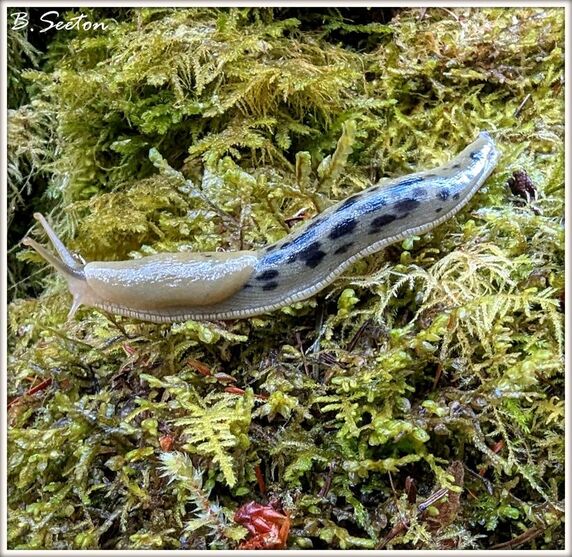
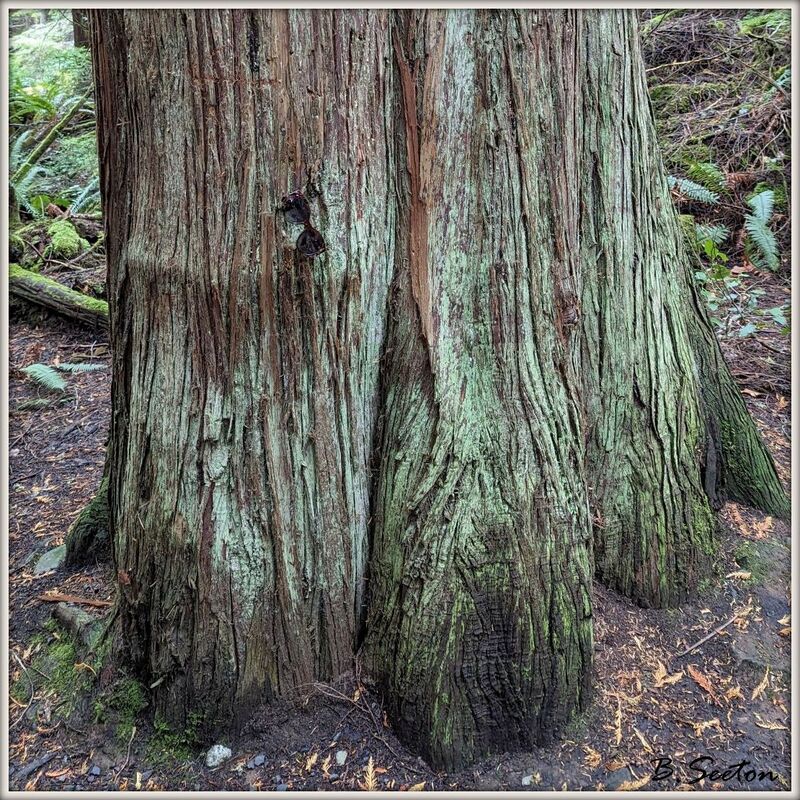
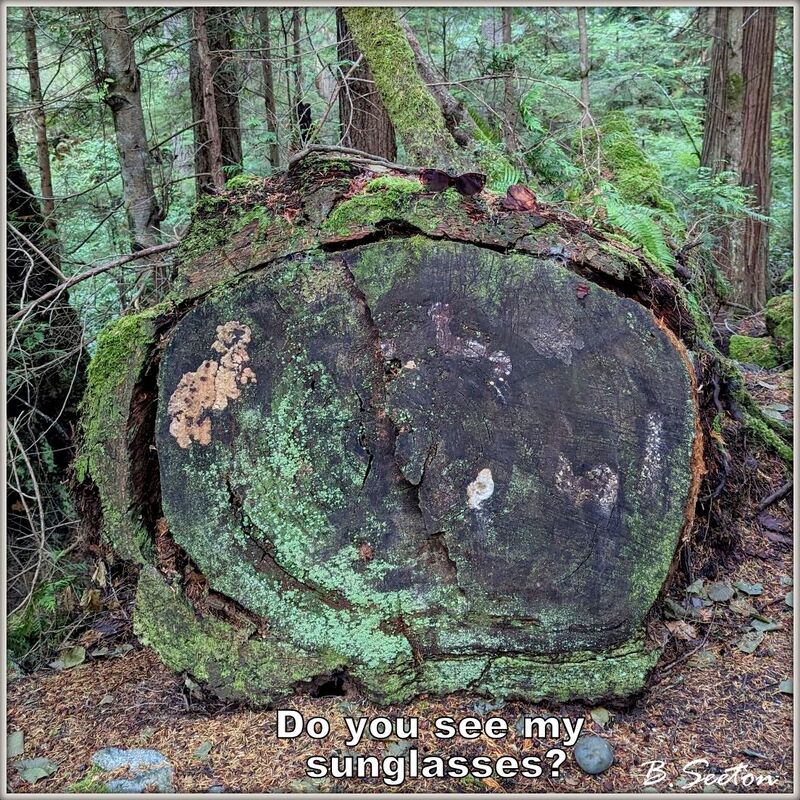
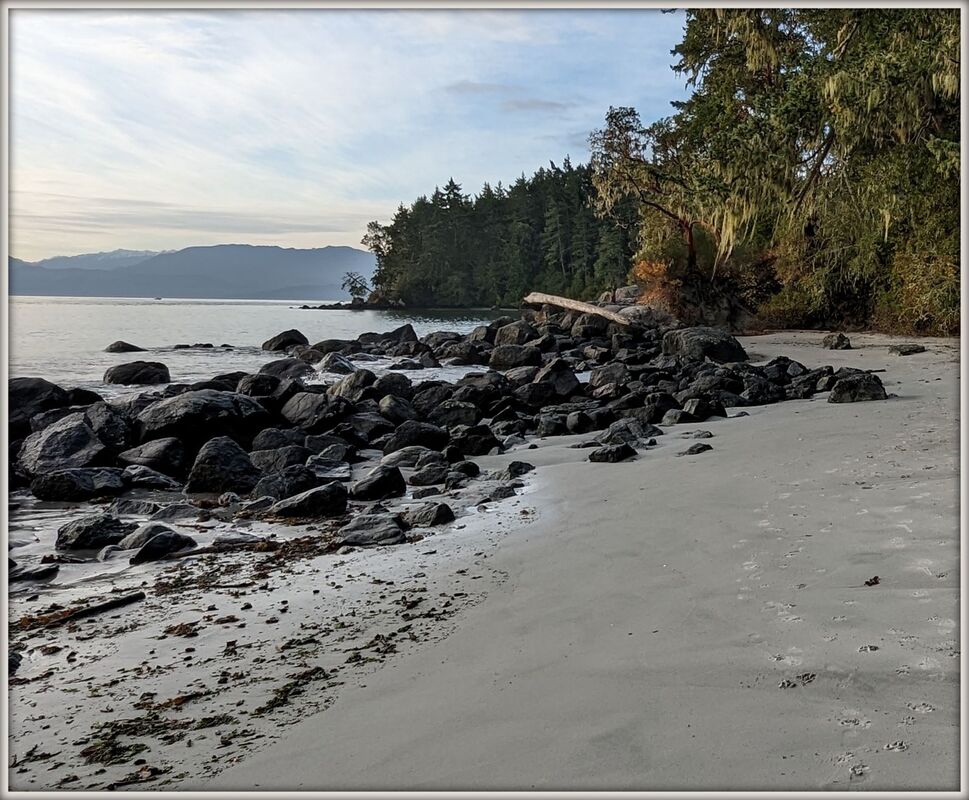
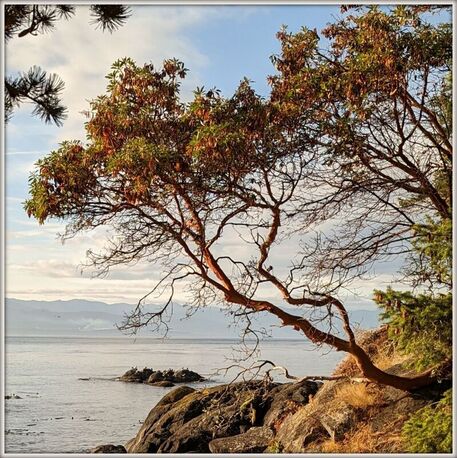
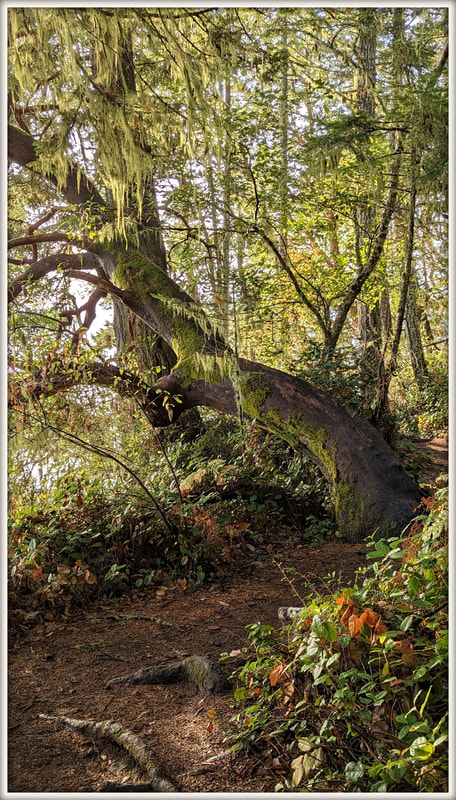
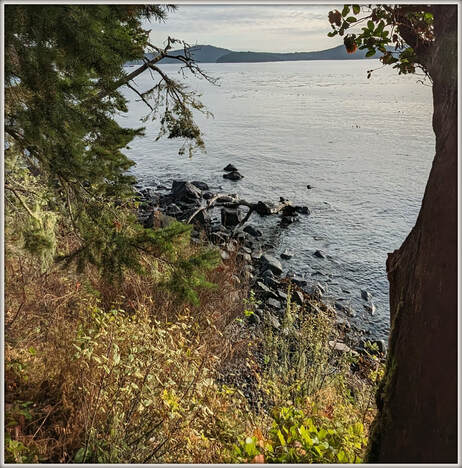
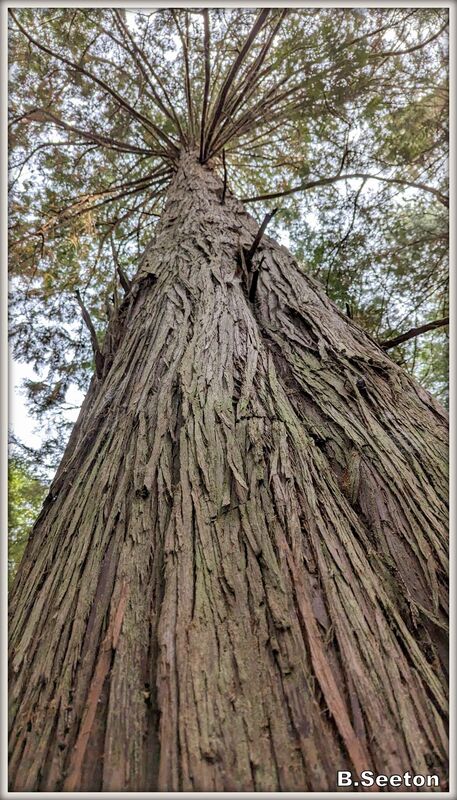
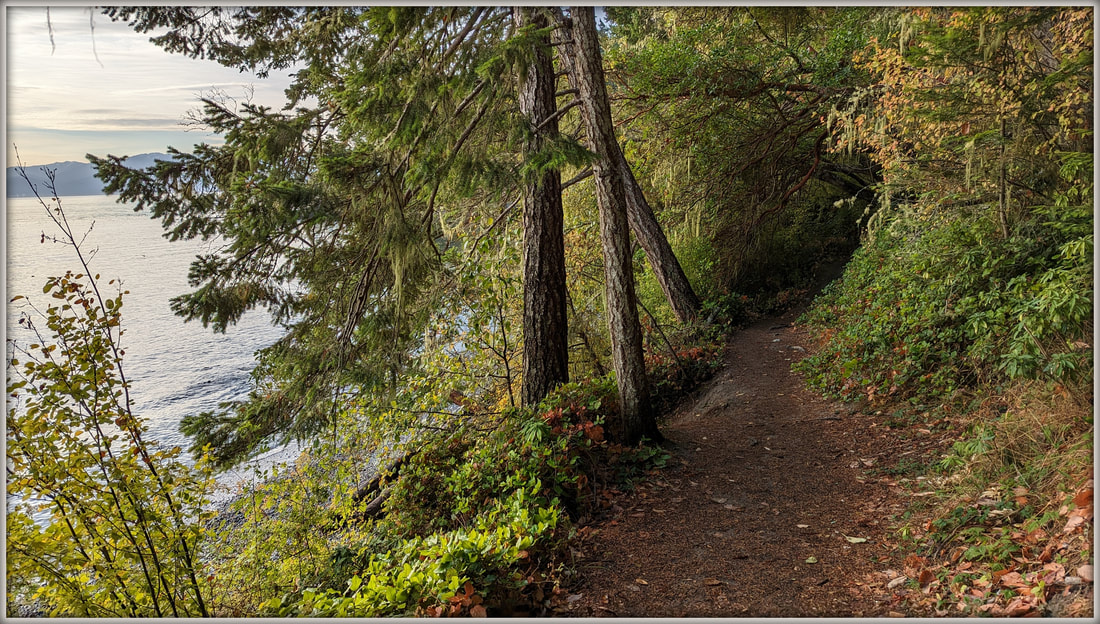
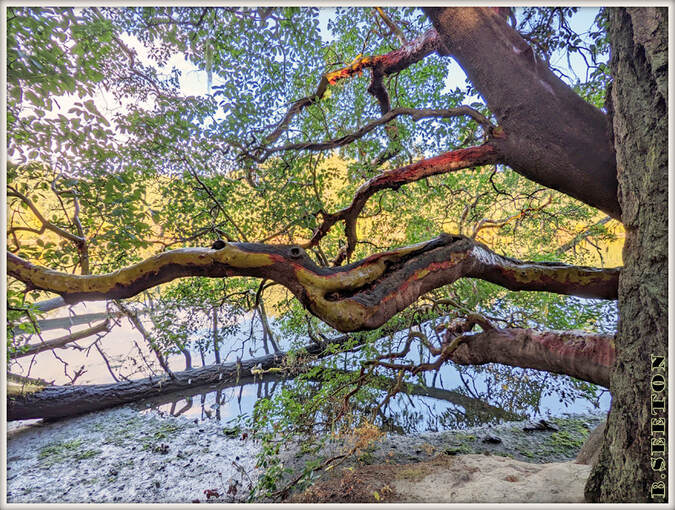
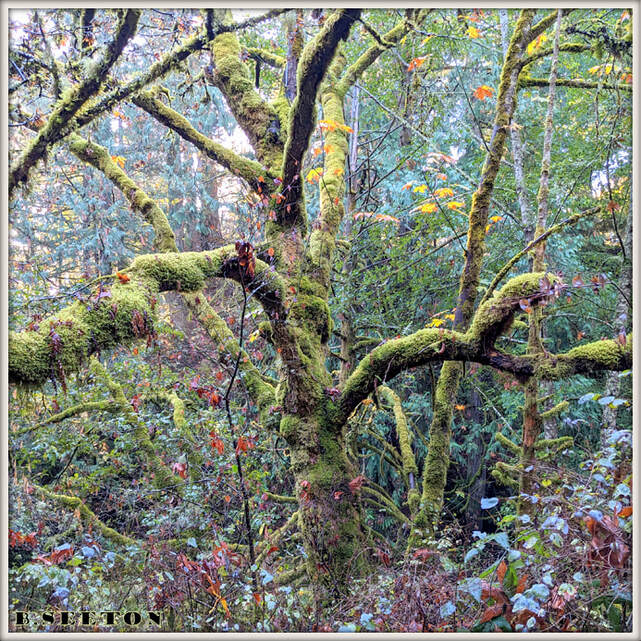
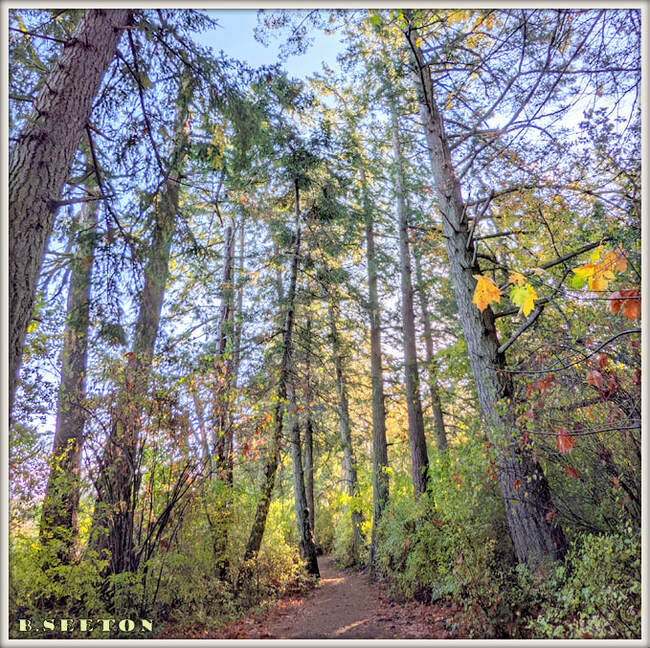
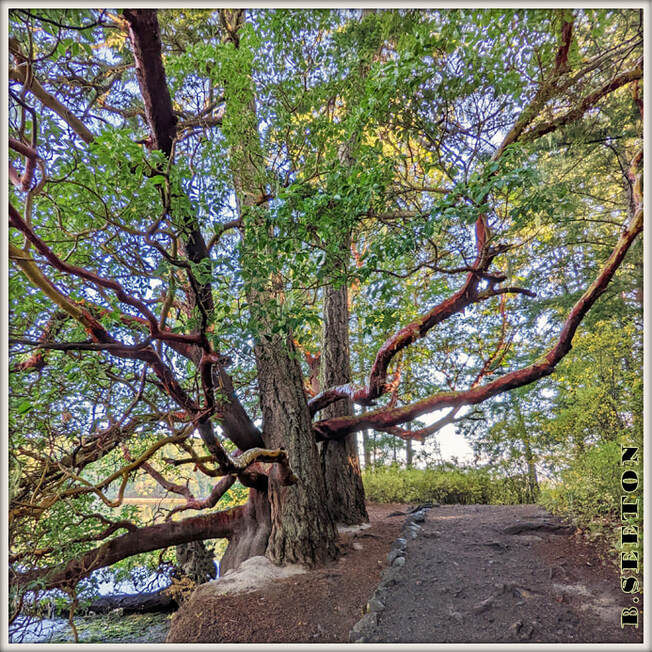
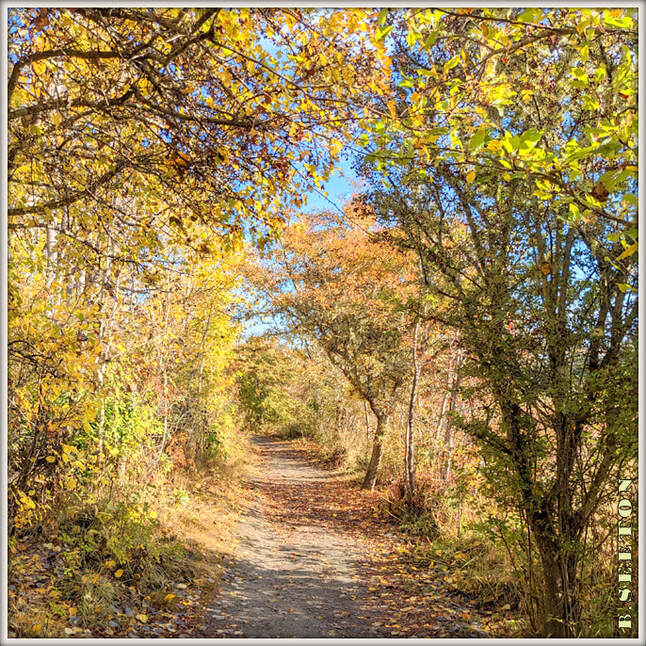
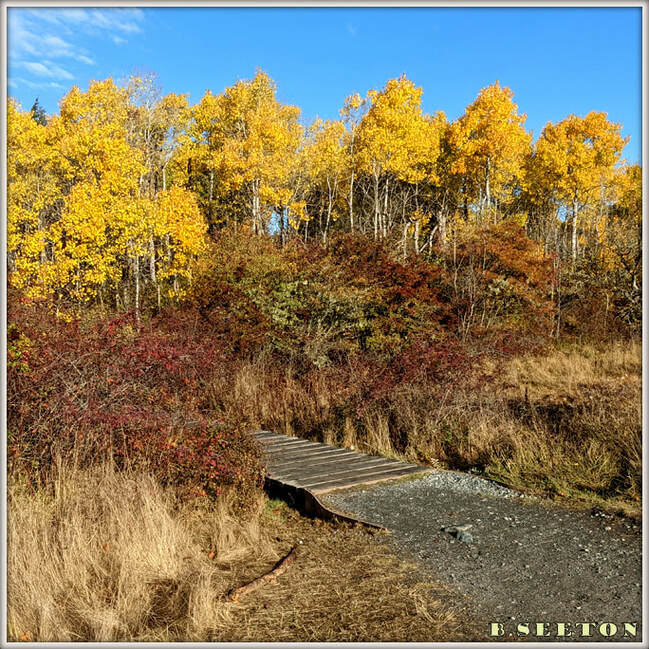
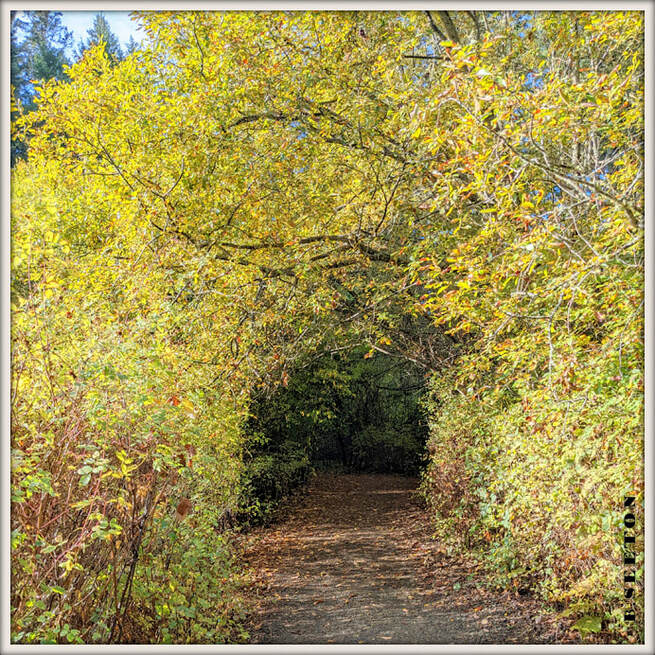
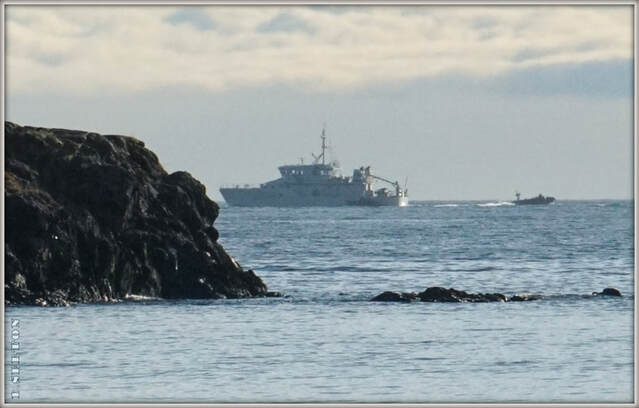
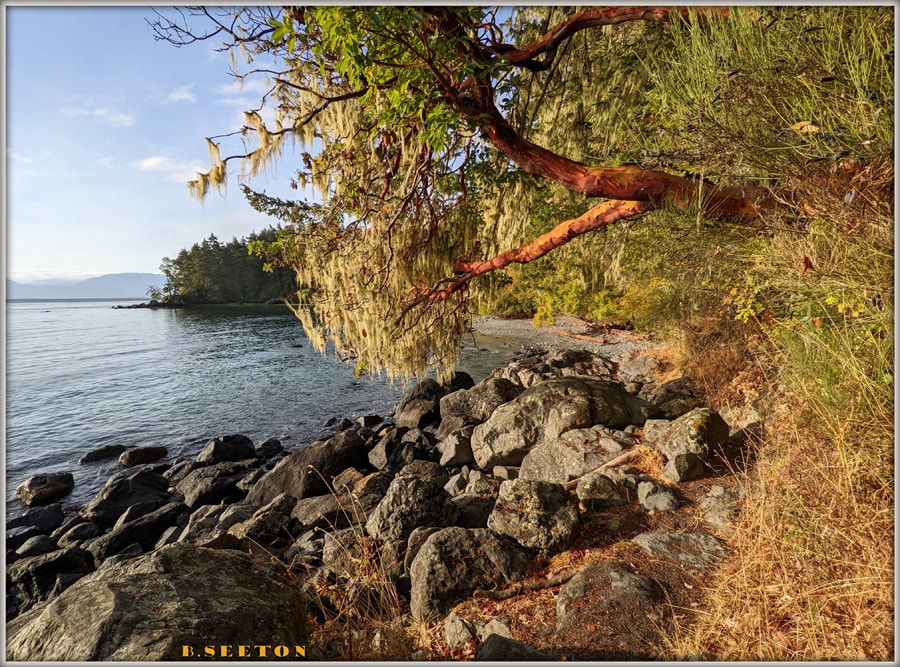
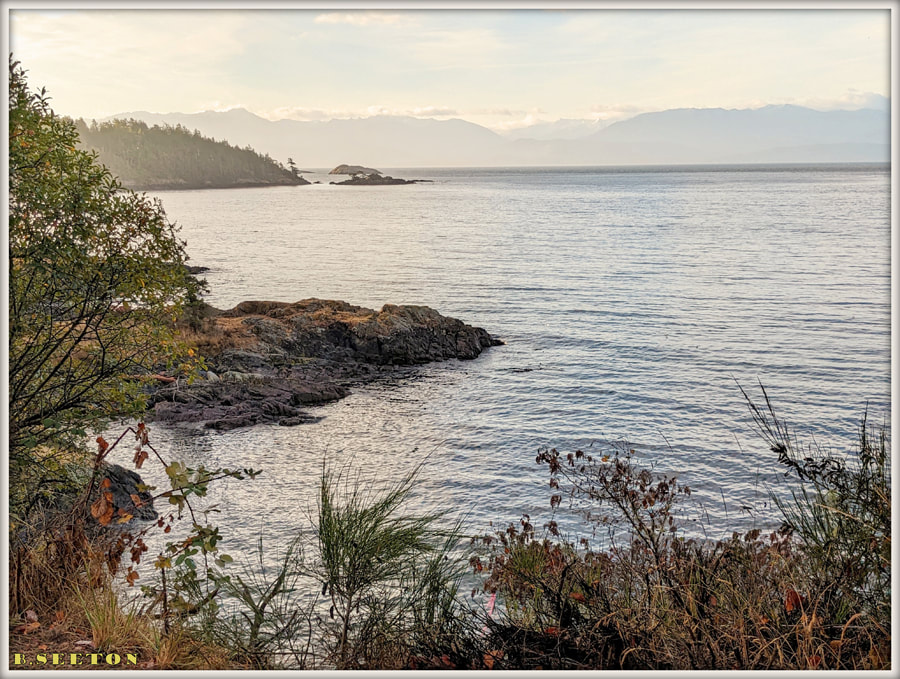
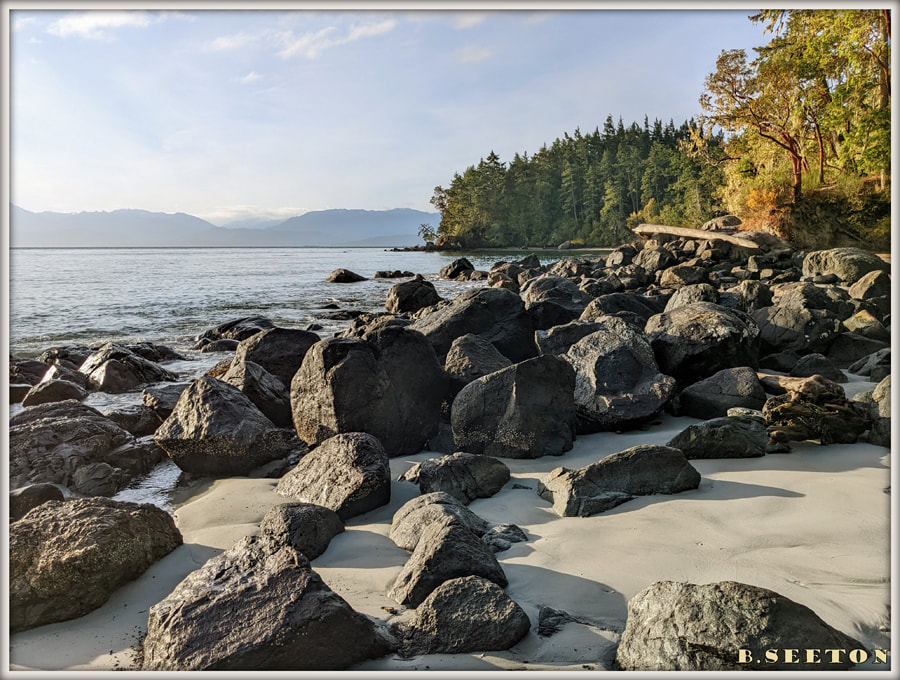
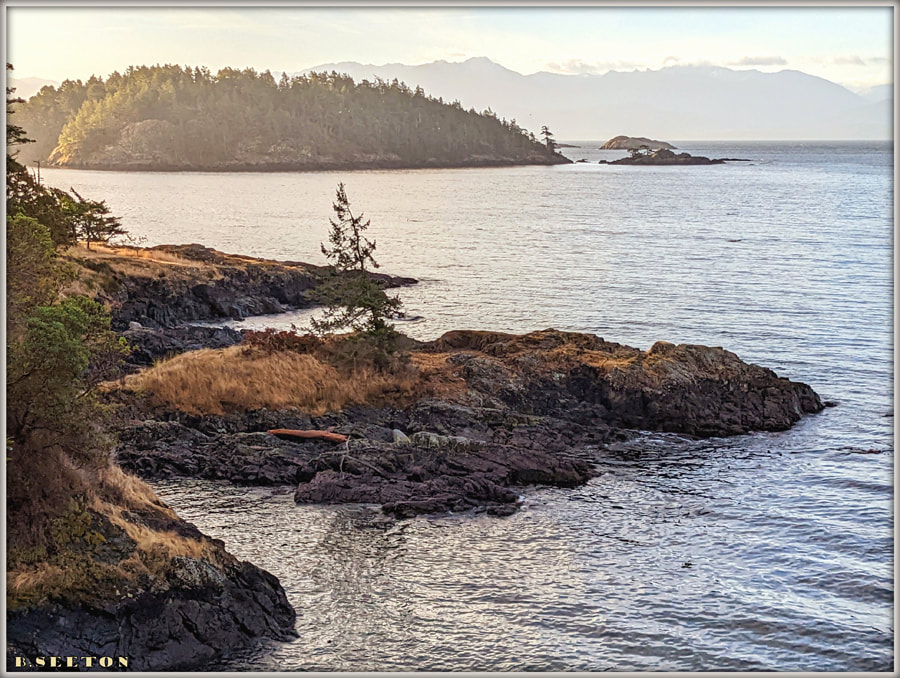
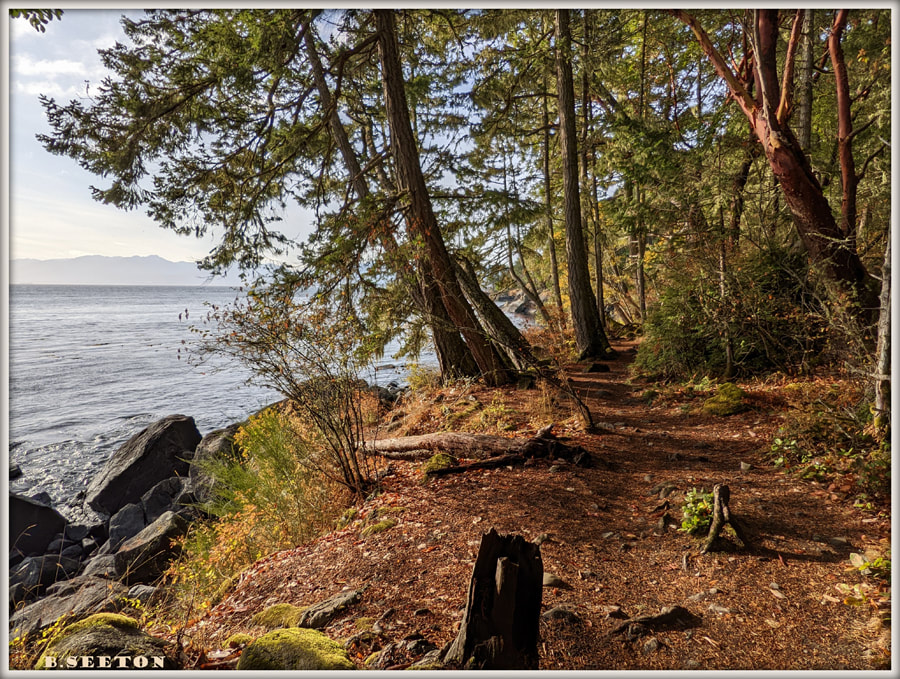
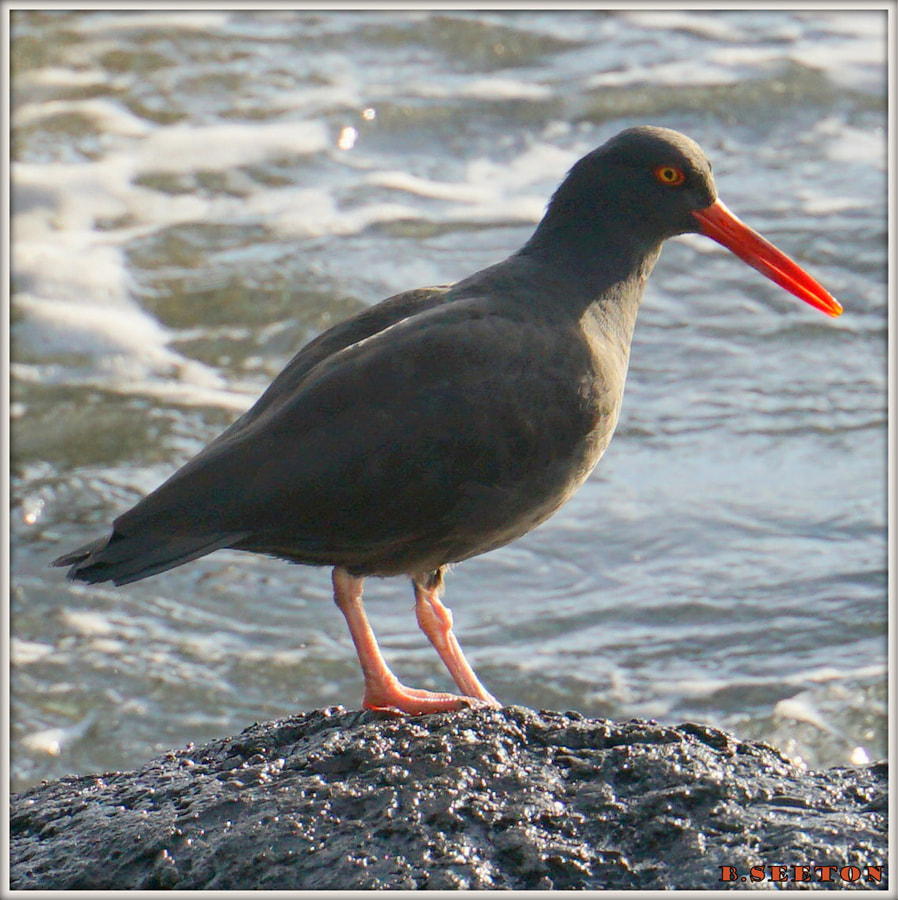
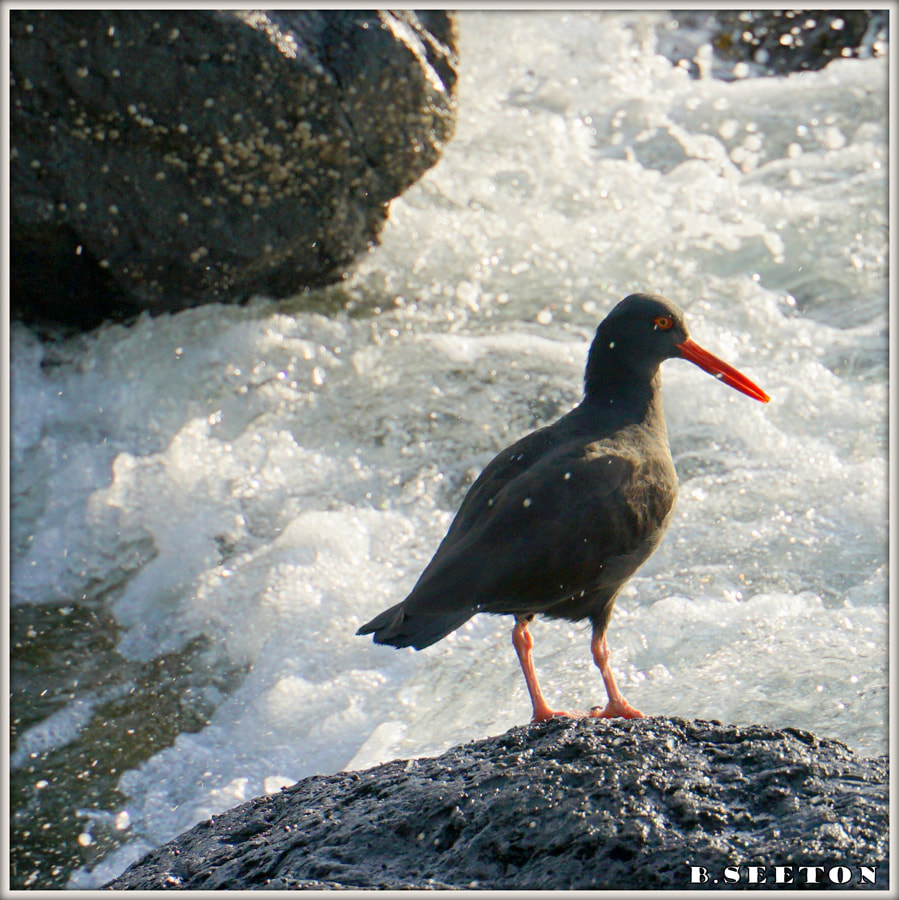
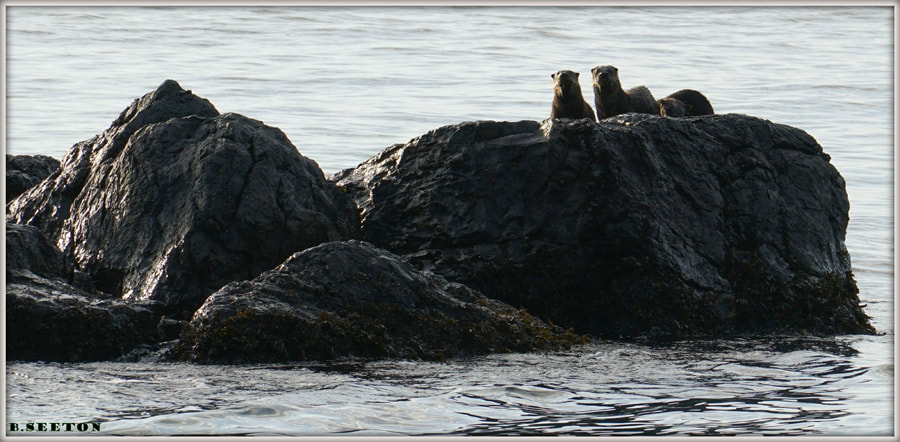
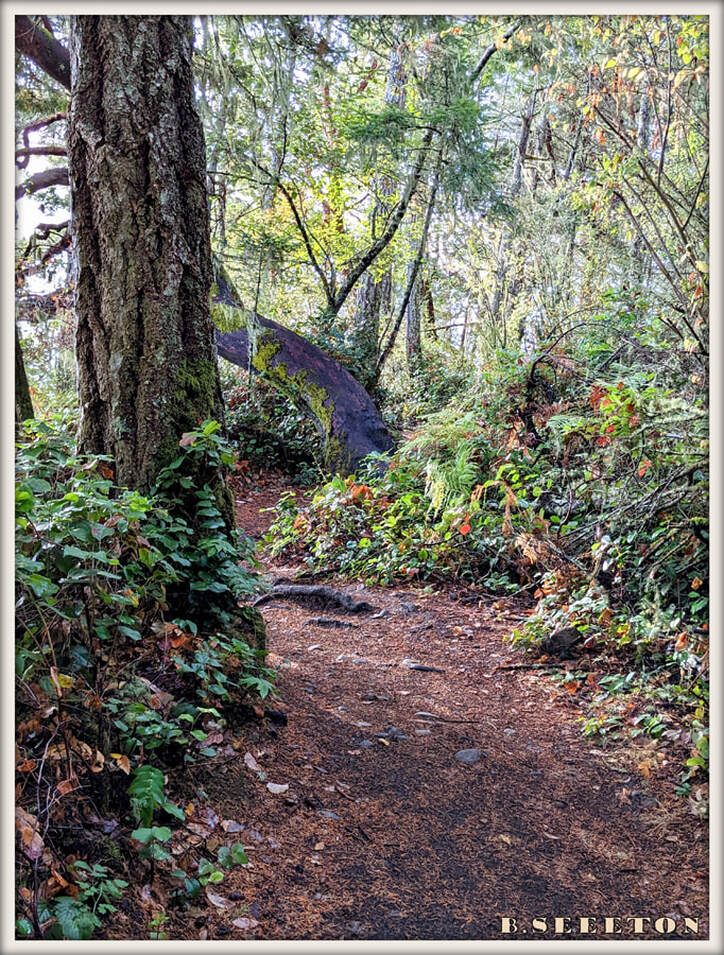
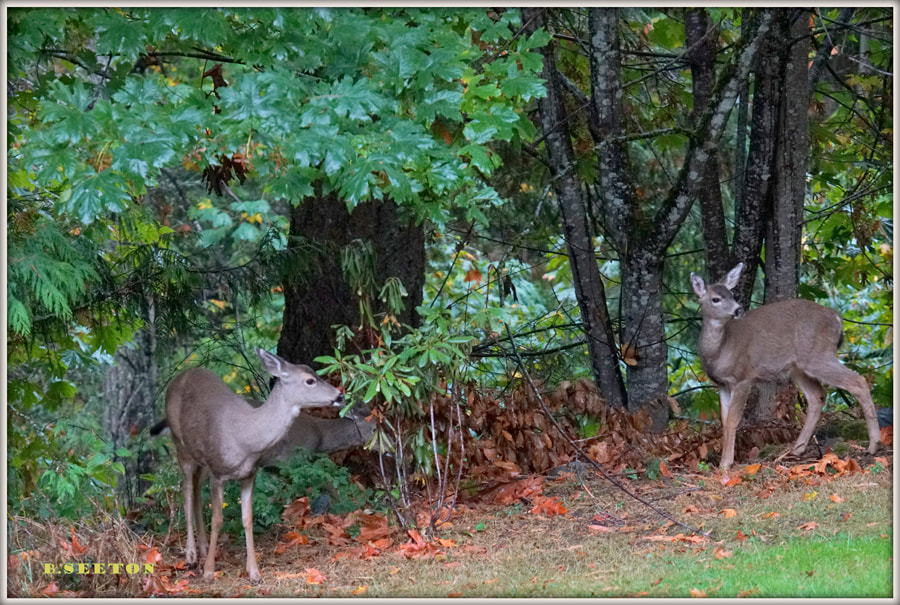
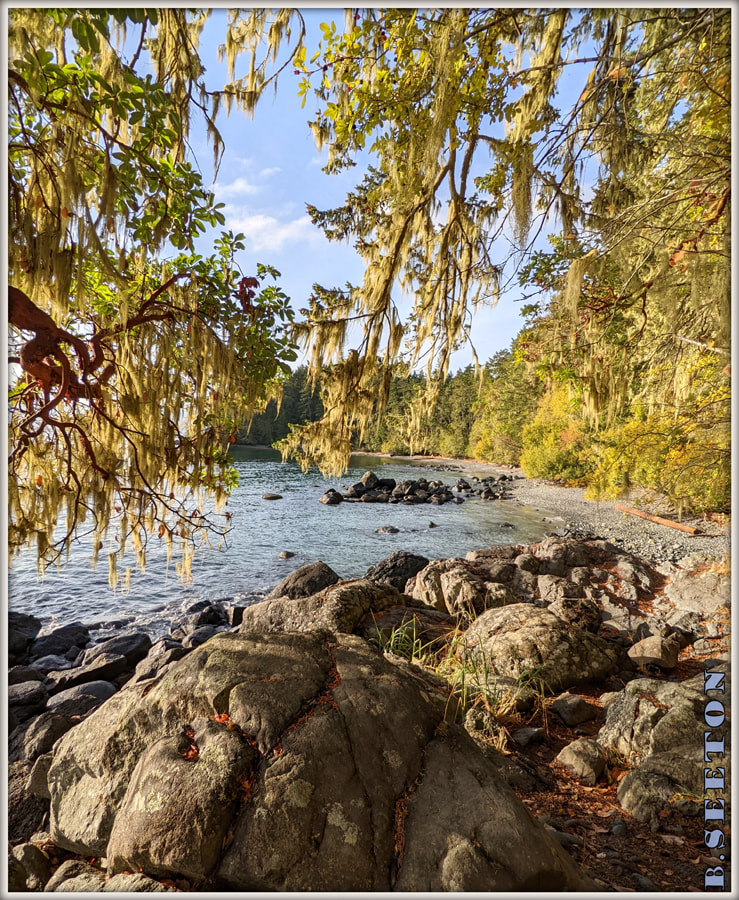
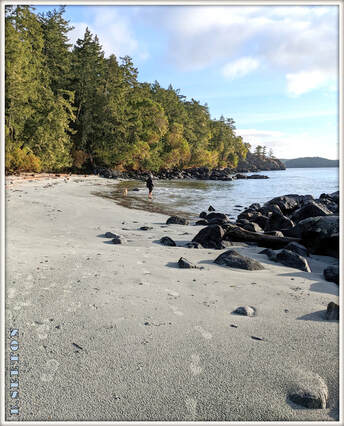
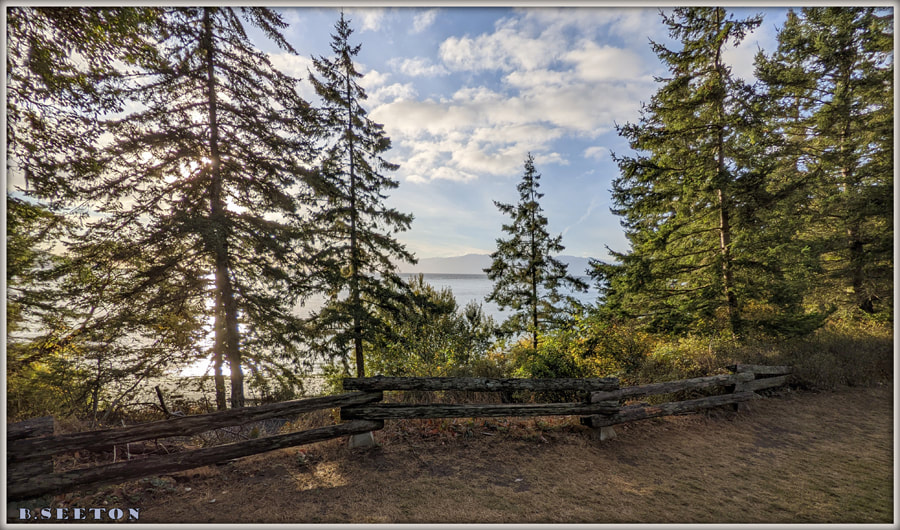
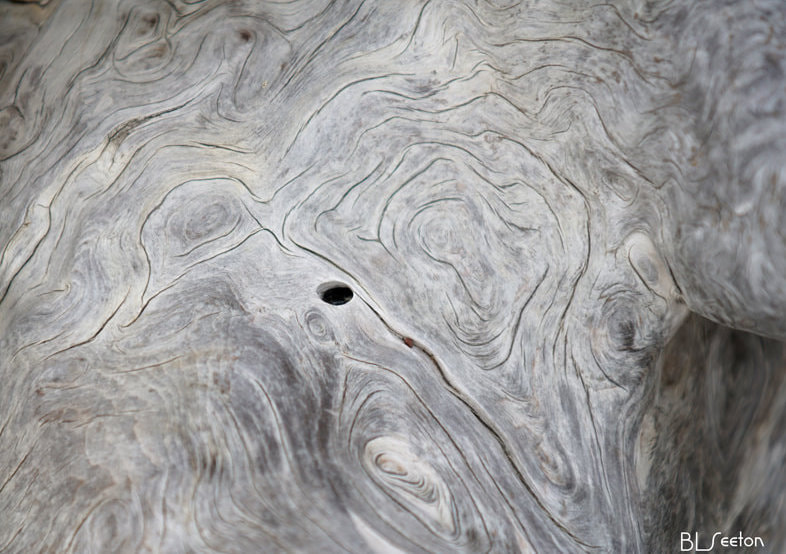
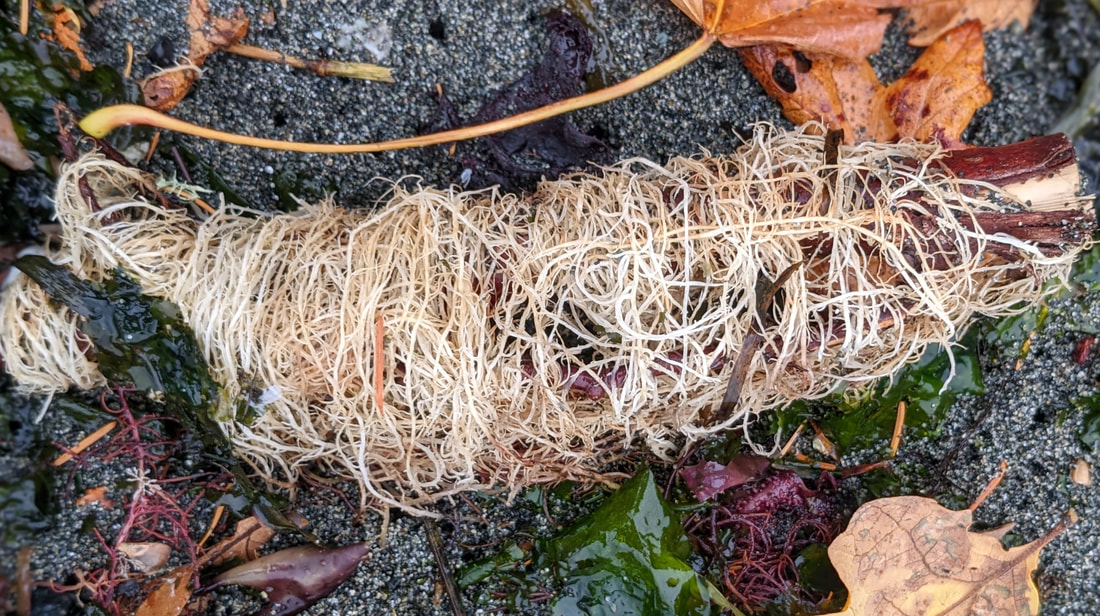
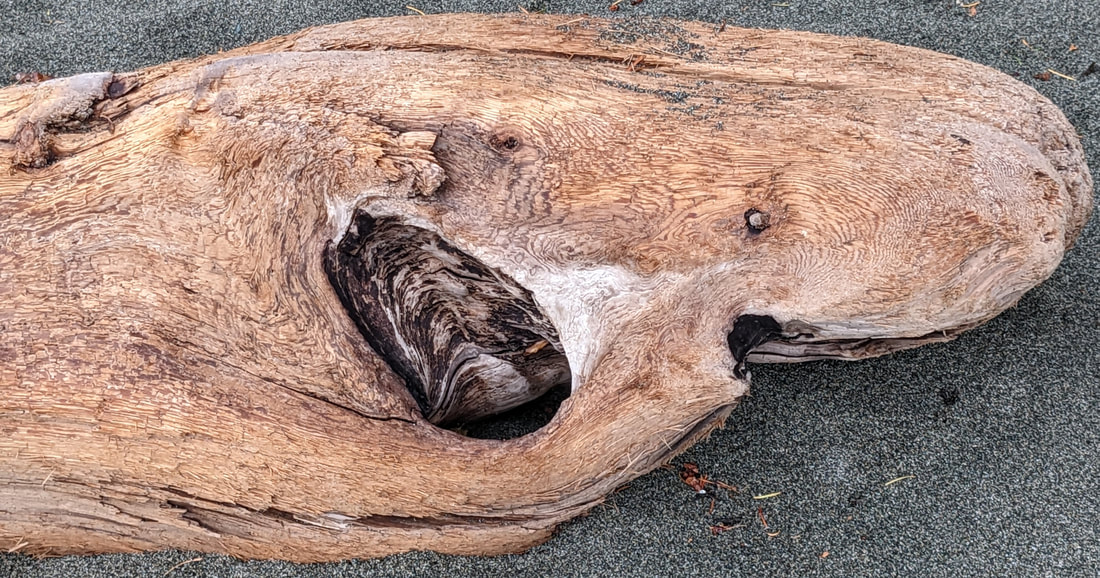
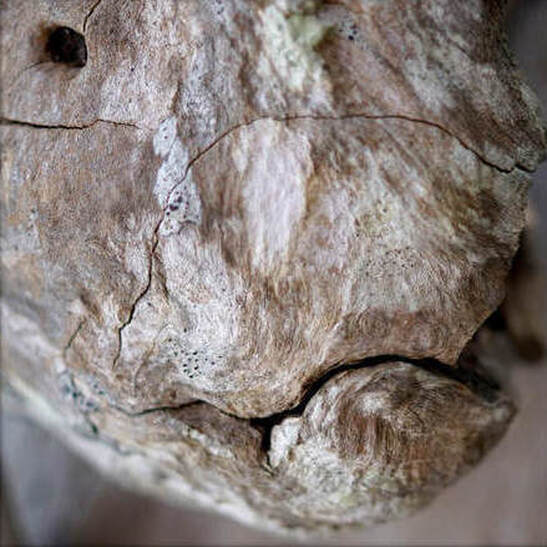
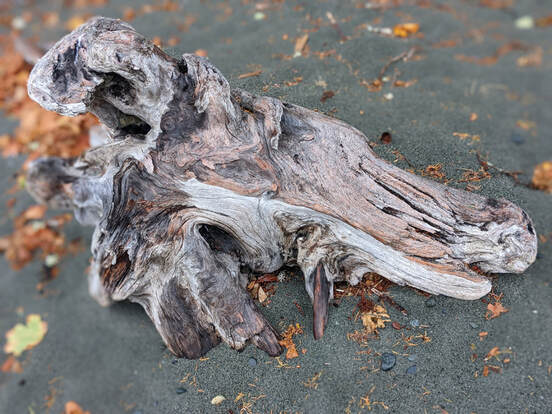
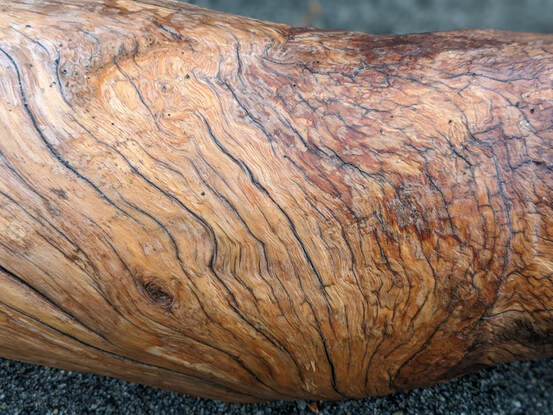
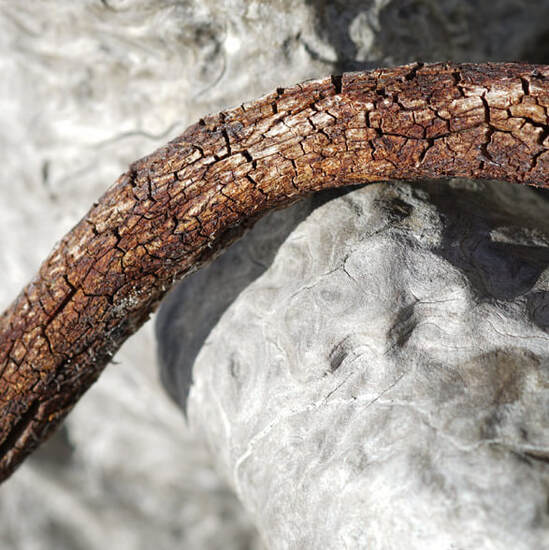
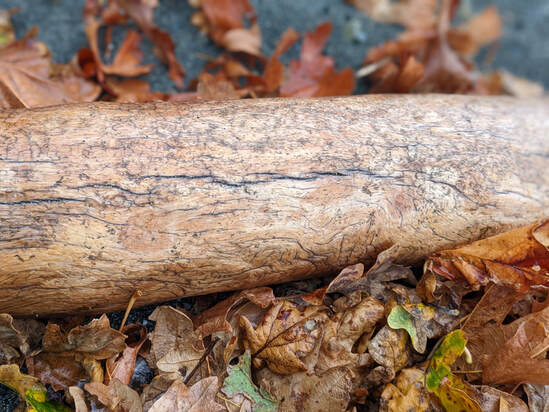
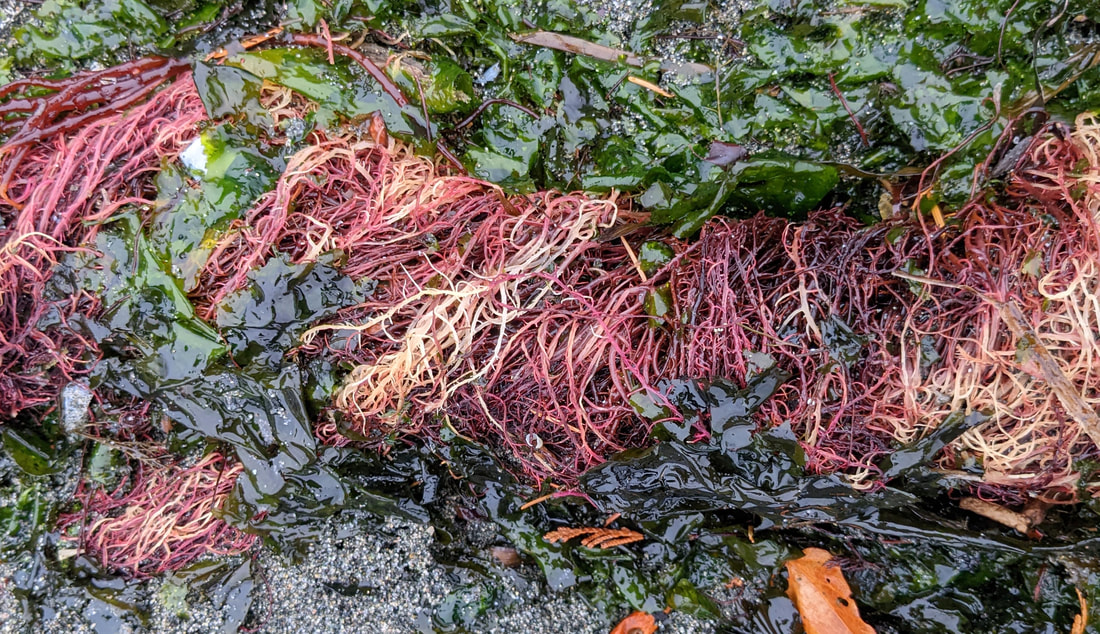
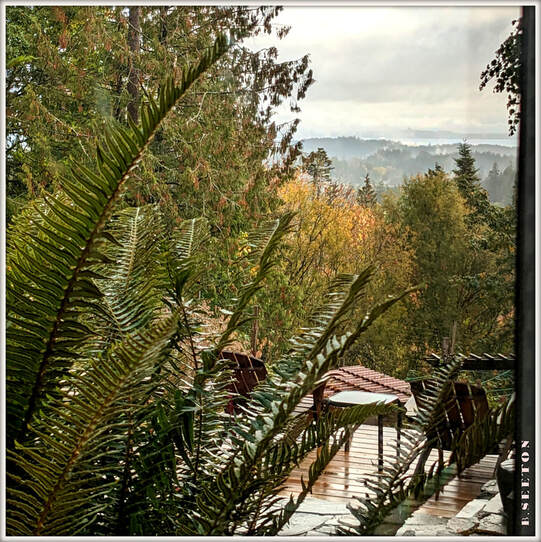
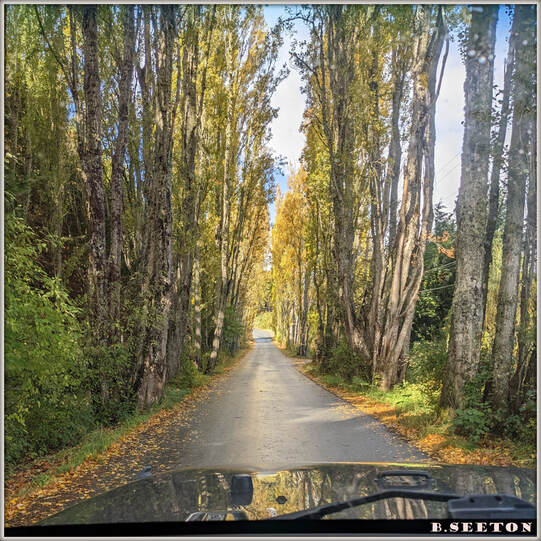
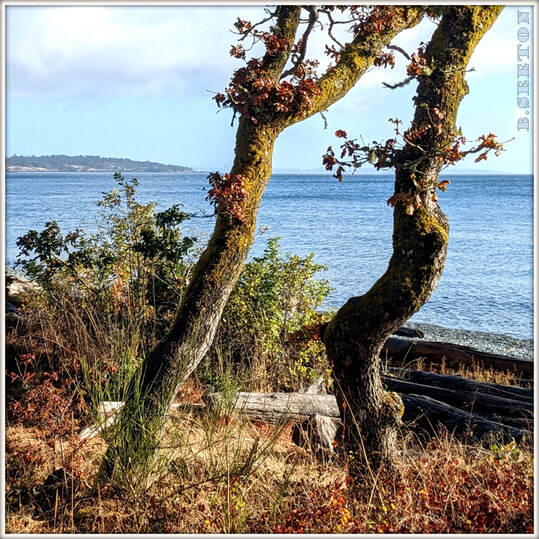
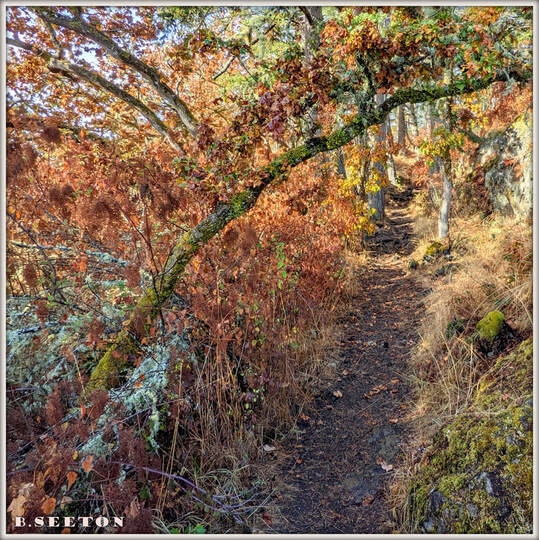
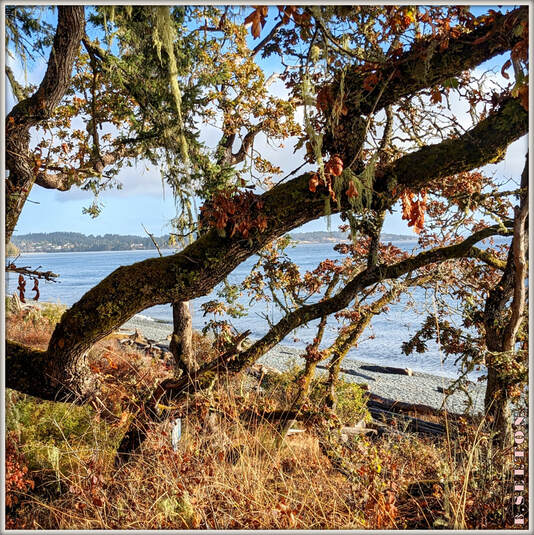
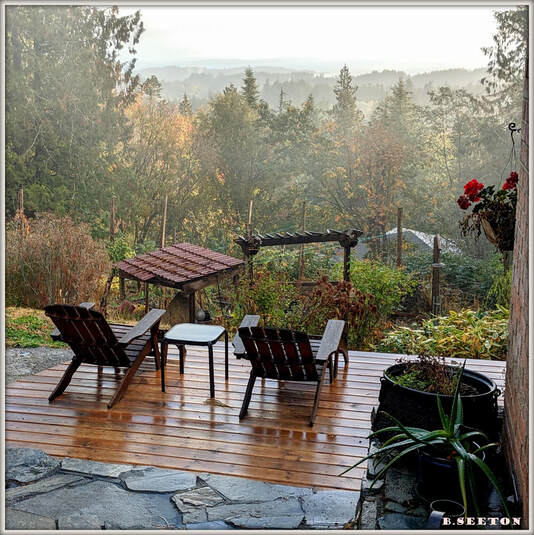
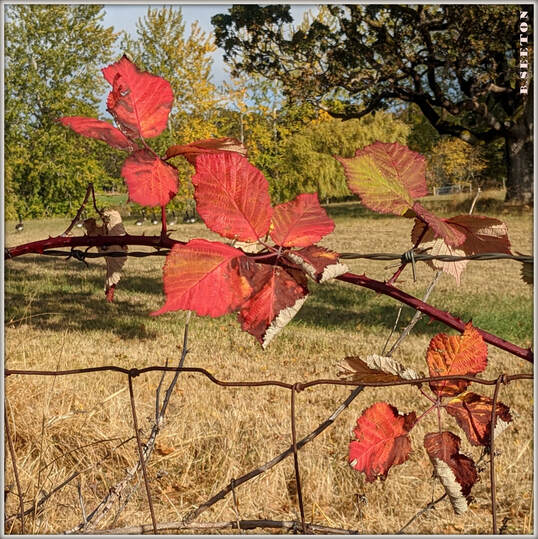
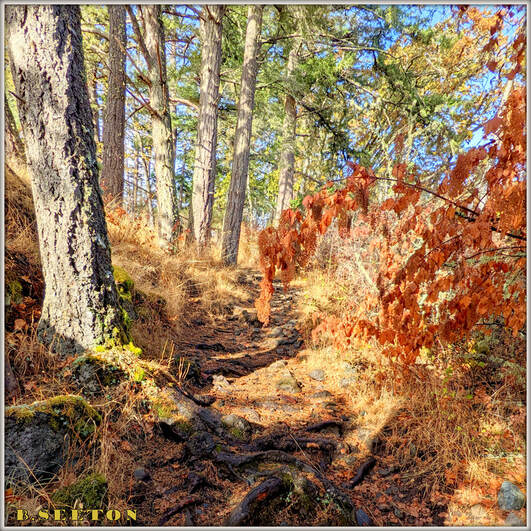
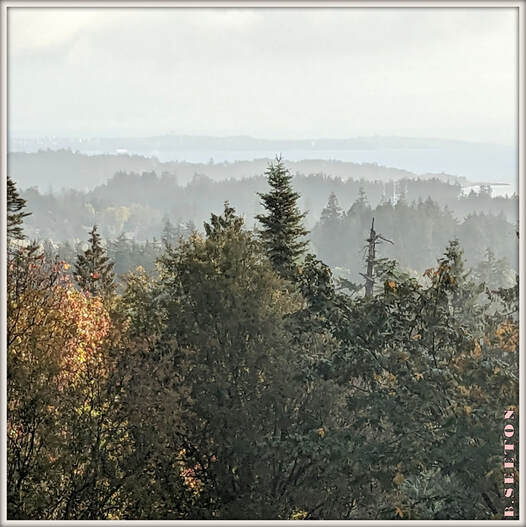
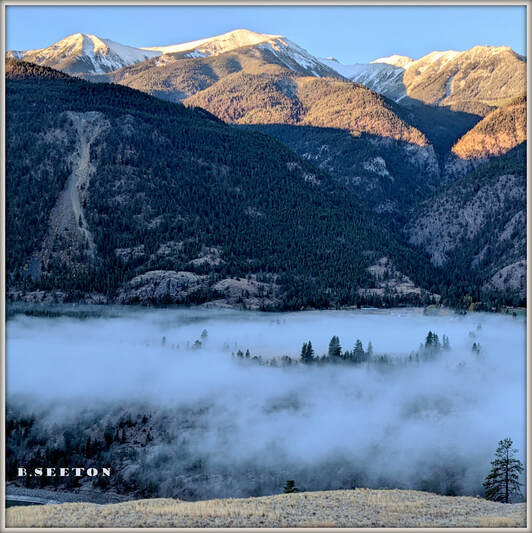
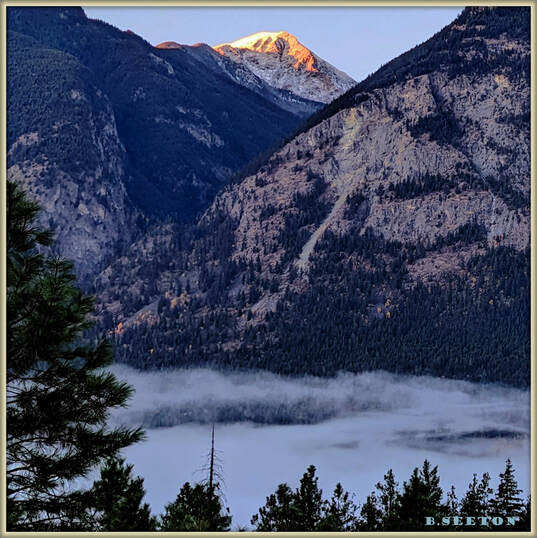
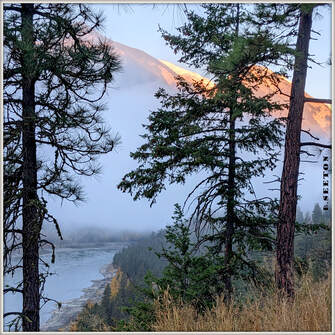
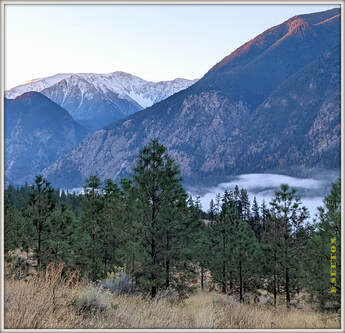
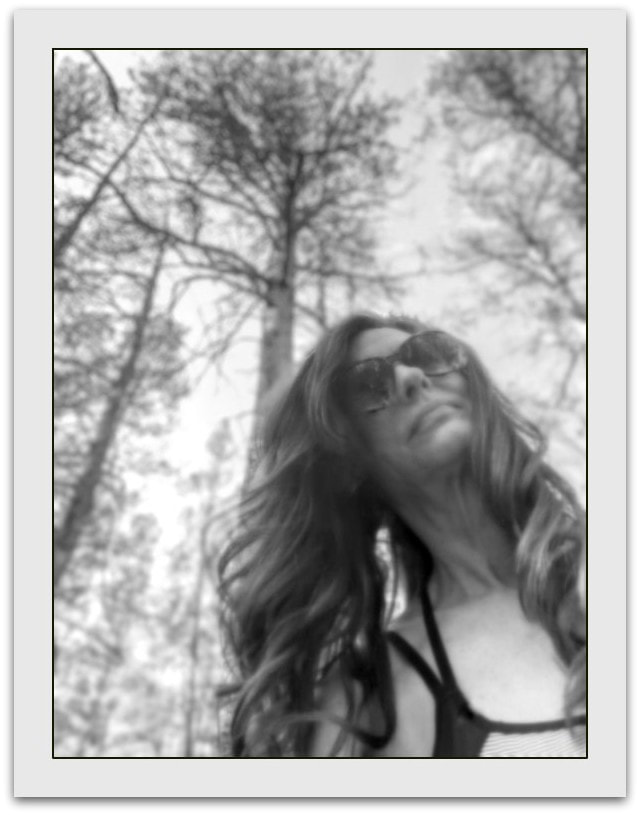
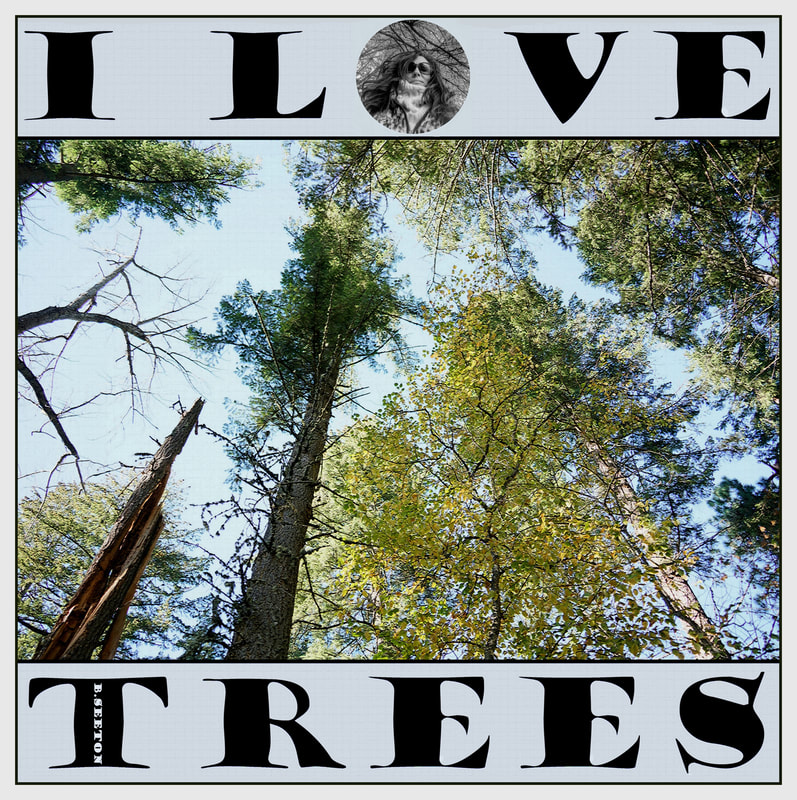
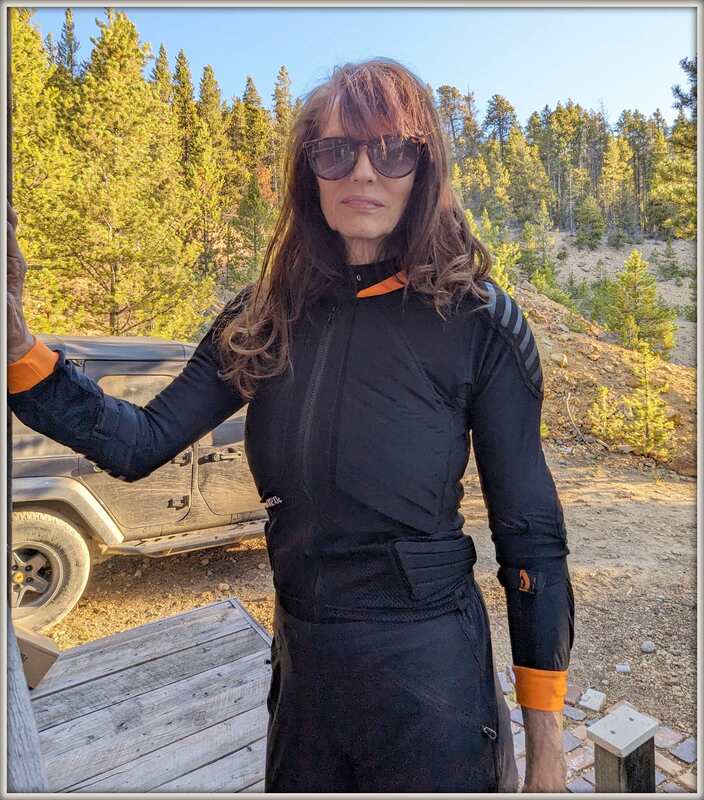
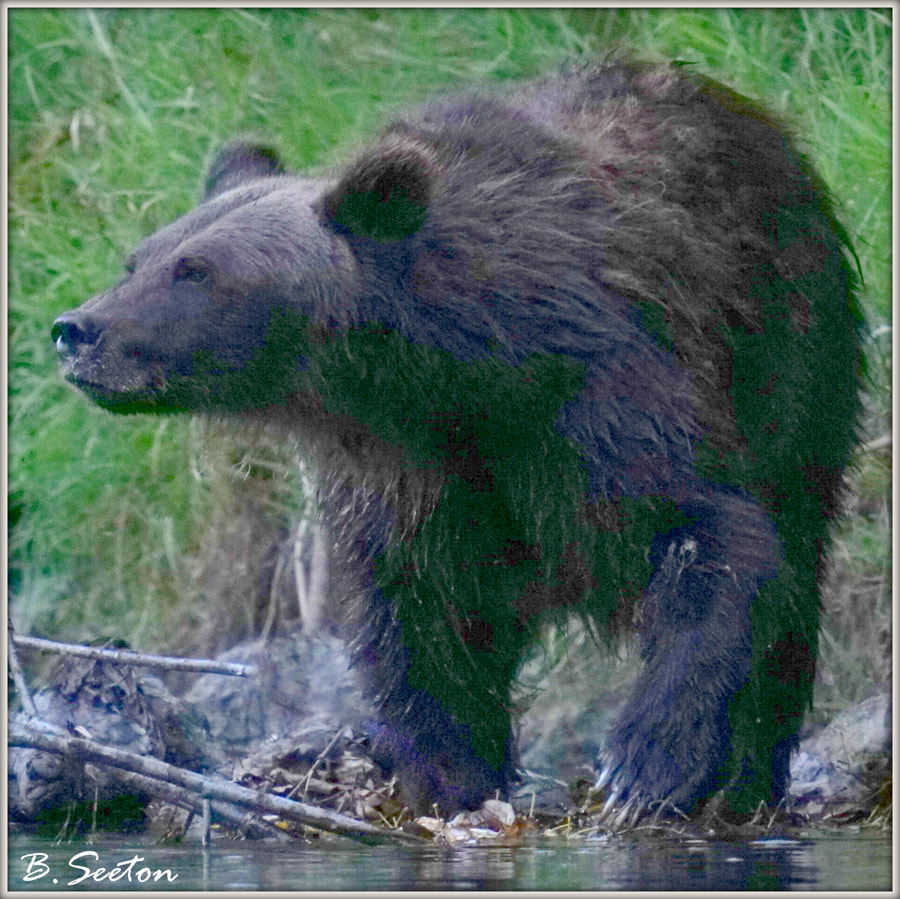
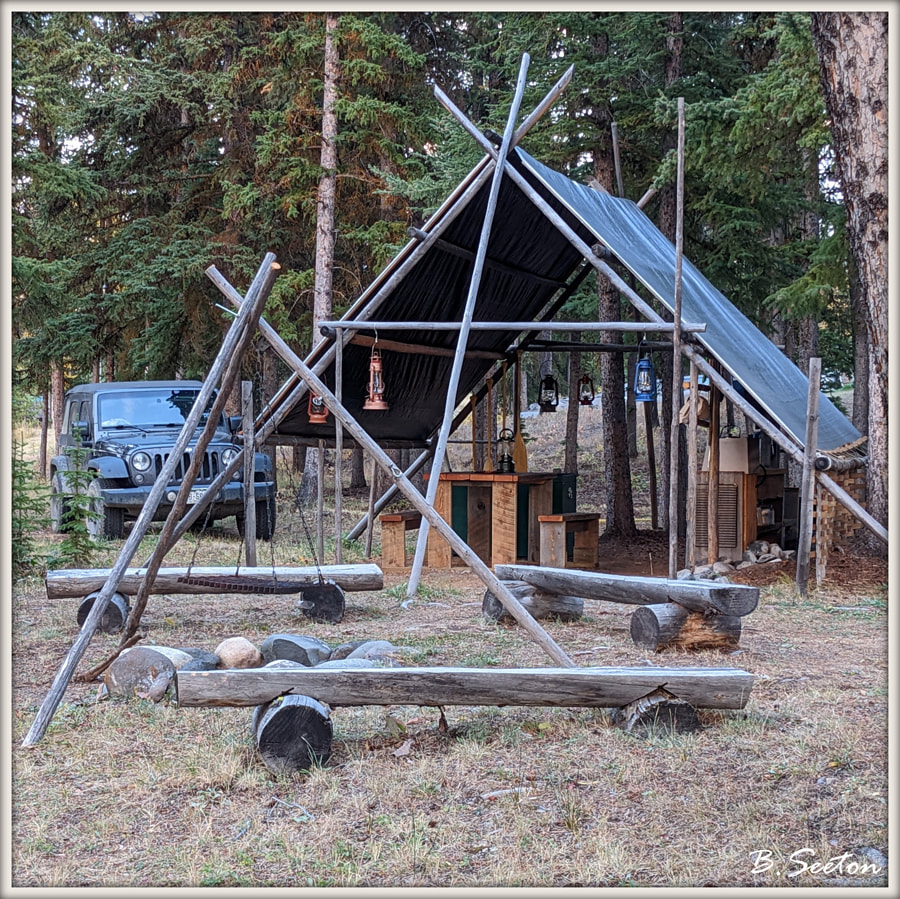
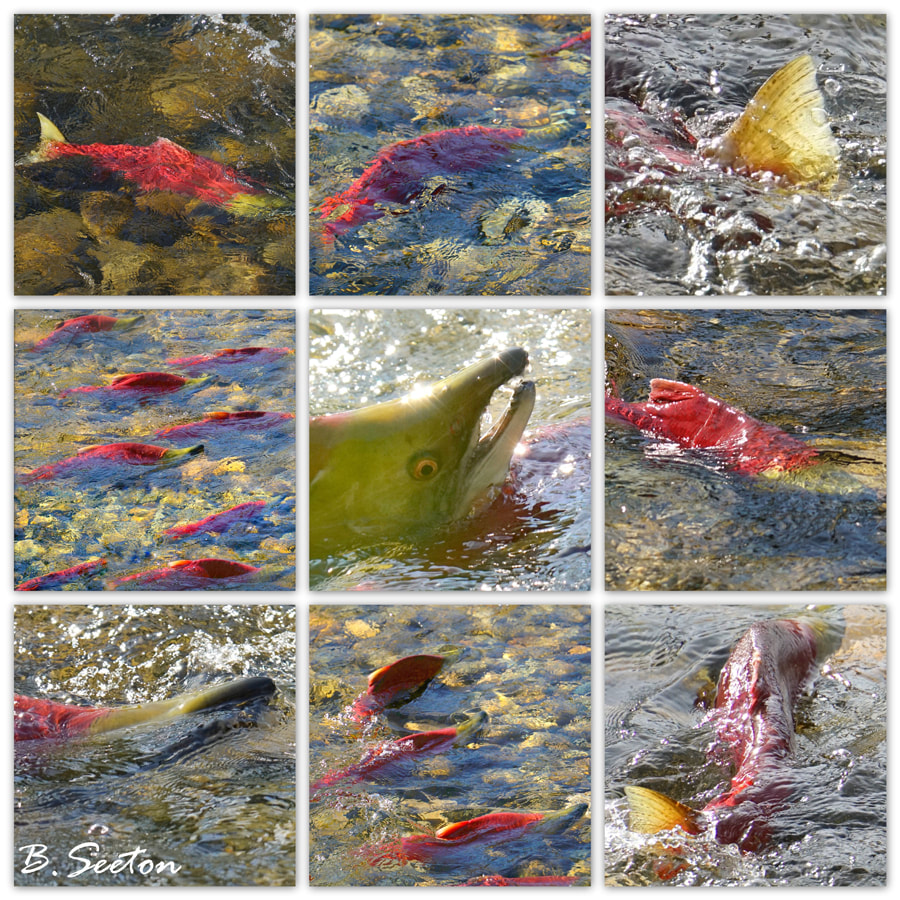
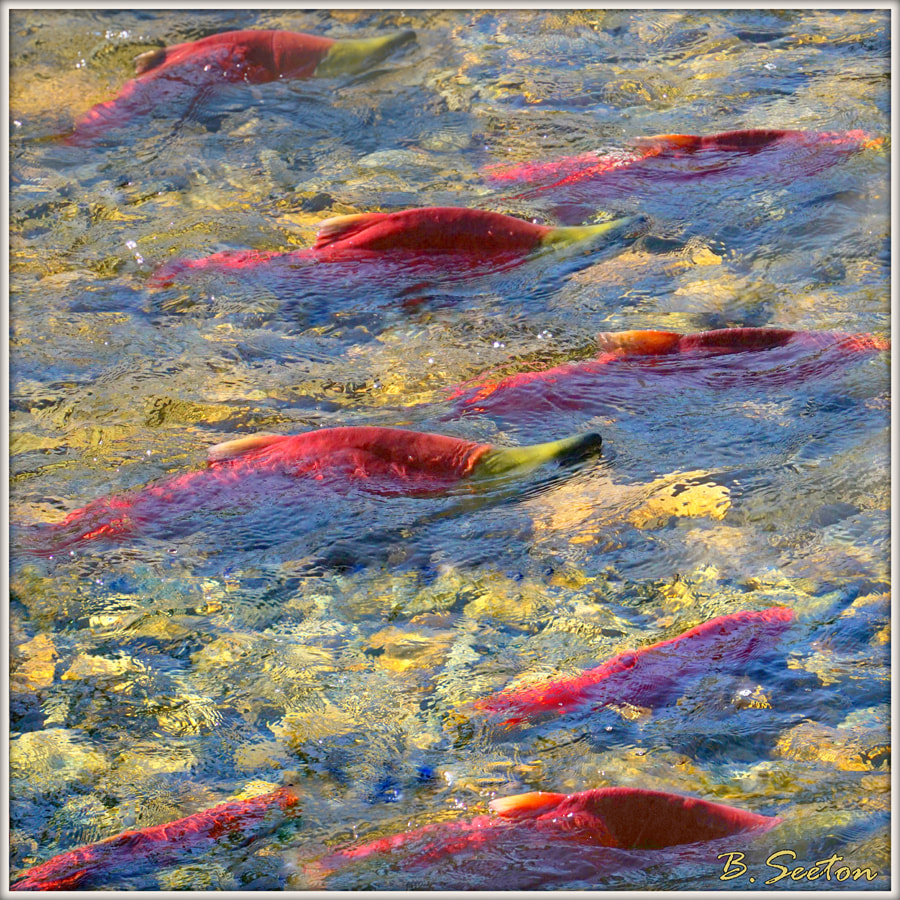
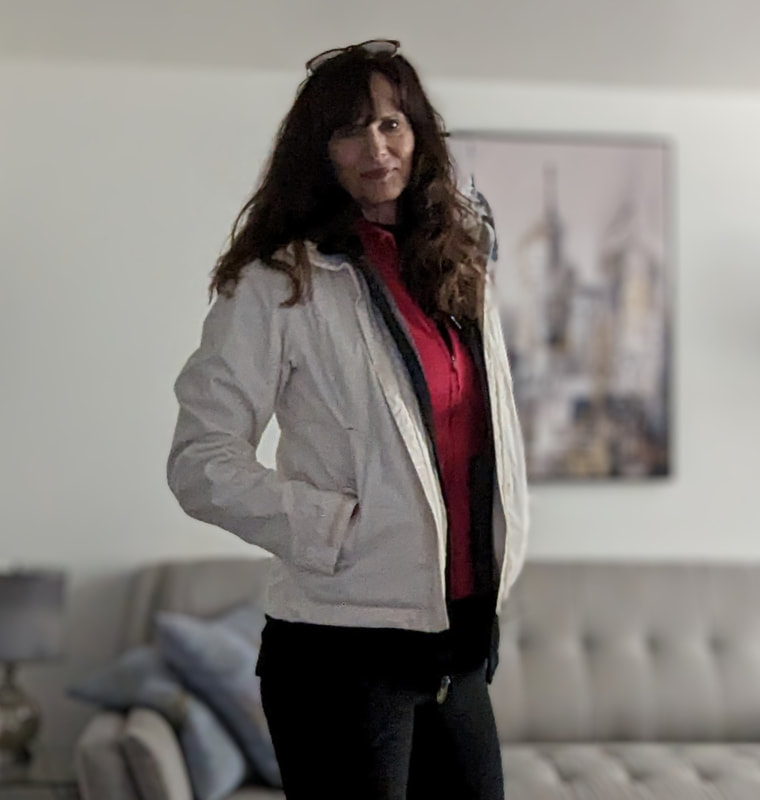
 RSS Feed
RSS Feed
